_______________
Marcelo Moscheta Anti-Gravitational Magnetic Pole, 2009
62 photographs on transparency film, aluminum boxes, LEDs lamps, wires and electrical components, PVC, plexiglass, iron and steel wires

______________
u/ibm untitled, 2022
sdxl
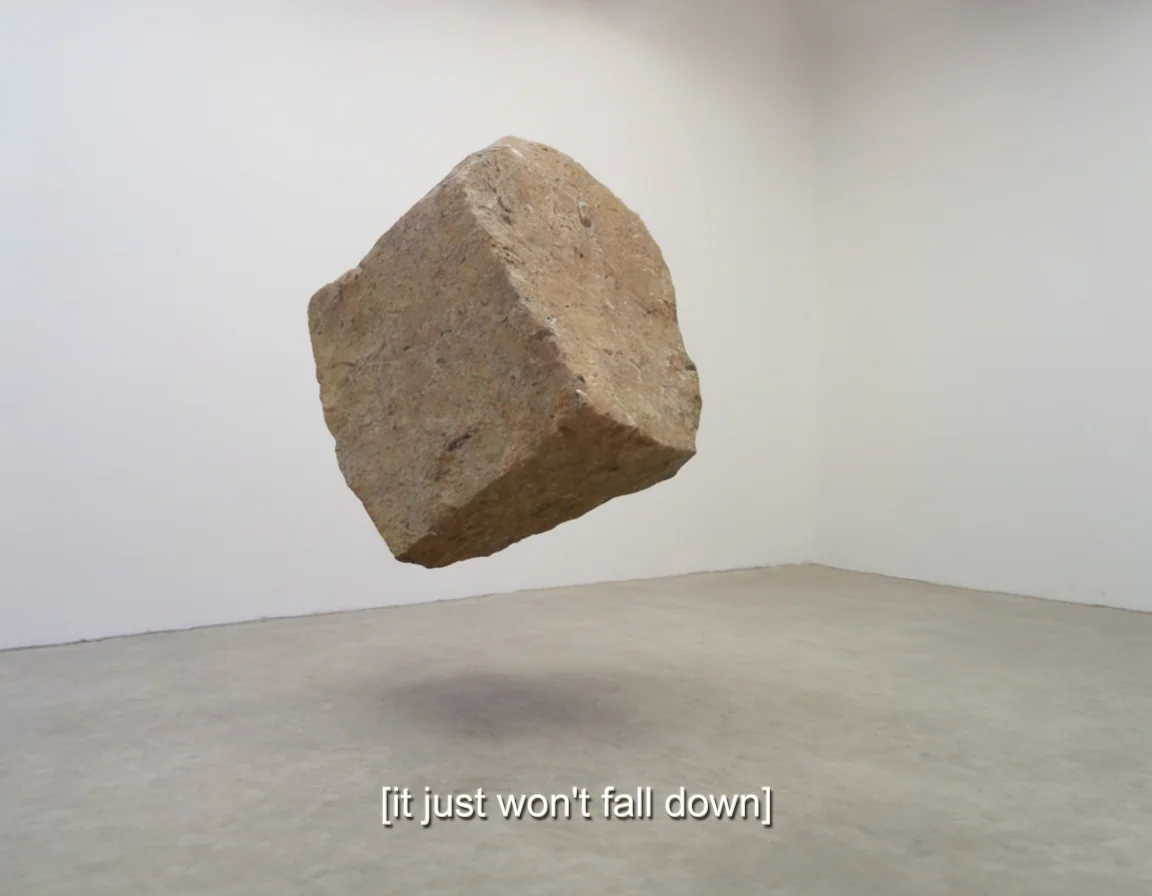
______________
Lee Ufan Relatum – Silence, 2014
steel, stone
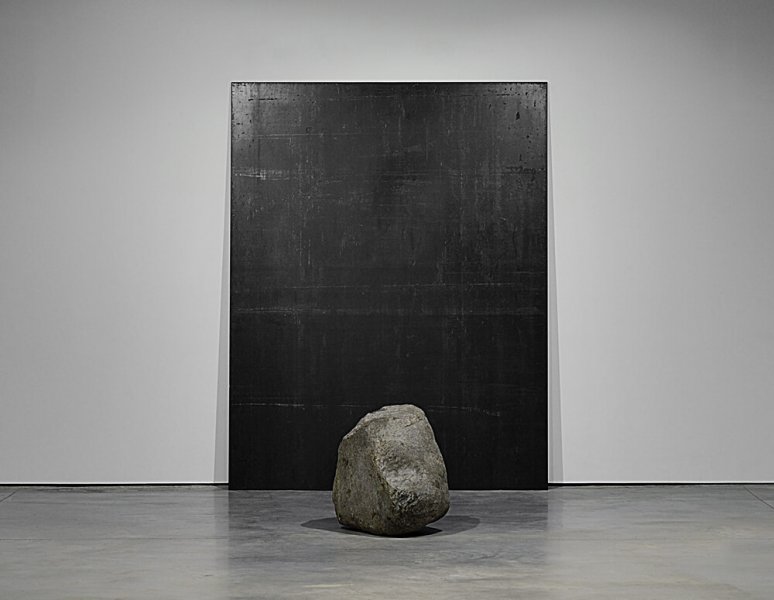
______________
Olivia Moore and Richard Yanas Rock Hard / Soft Rock, 2011
‘Yanas’ unaltered and digitally manipulated photographs both inform and confuse, causing the viewer to call into question the authenticity of every image. Like Yanas, Moore plays with fact and fiction through the reproduction of objects, which reference the landscape.’
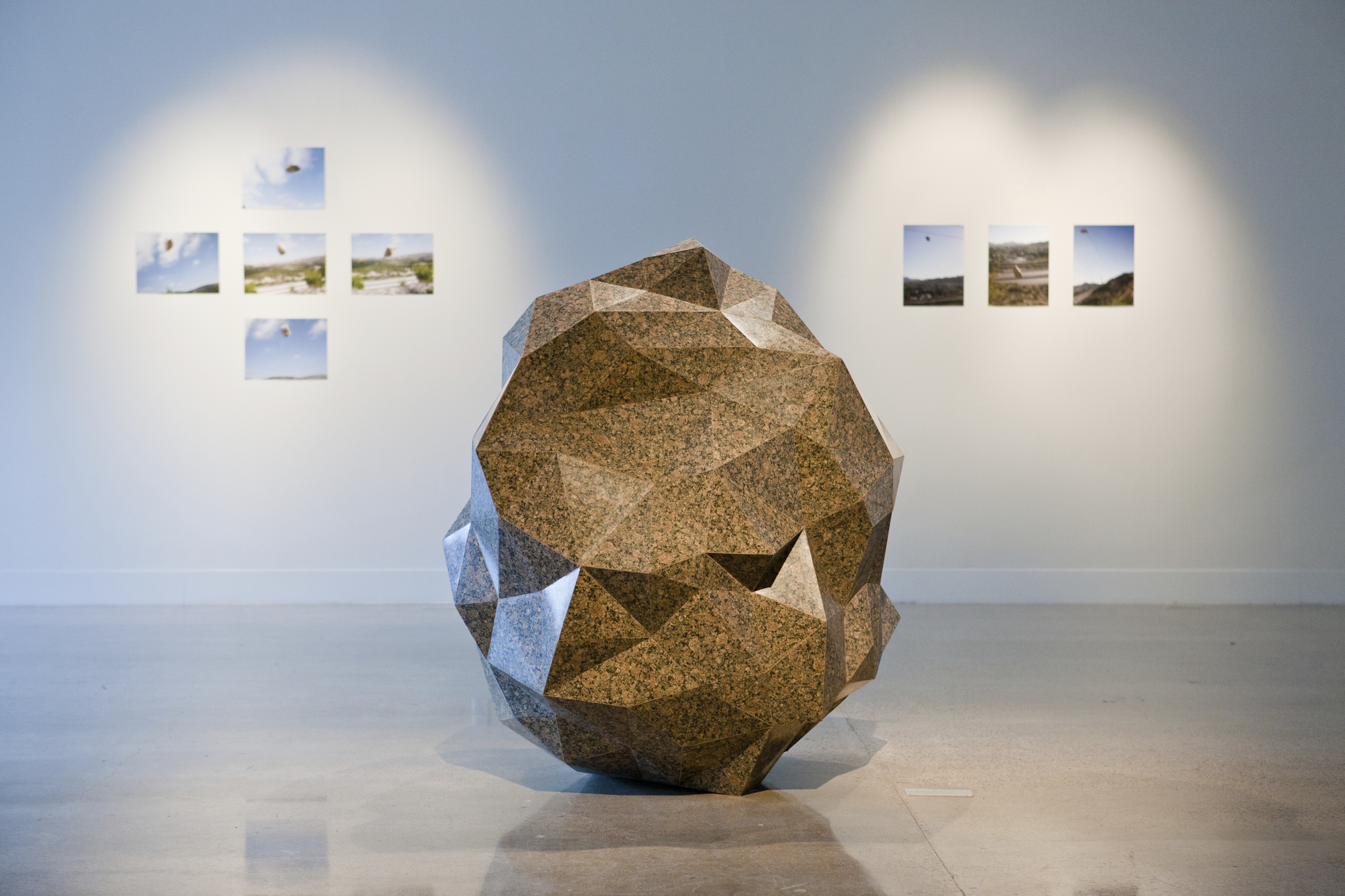
______________
Jim Hodges Untitled, 2011
Hodges sheathed four granite boulders in lacquered stainless steel
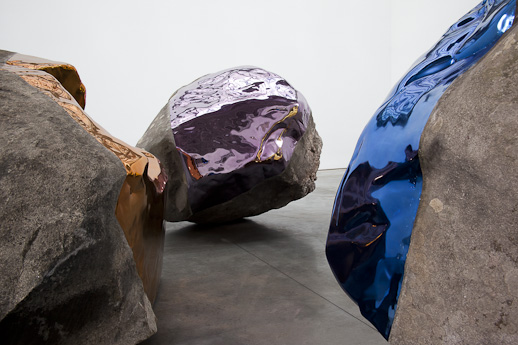
______________
Olafur Eliasson HALF A ROCK (THE OTHER HALF WAS GIVEN TO THE STONE CUTTER FOR CUTTING THE STONE), 2009
dolerite
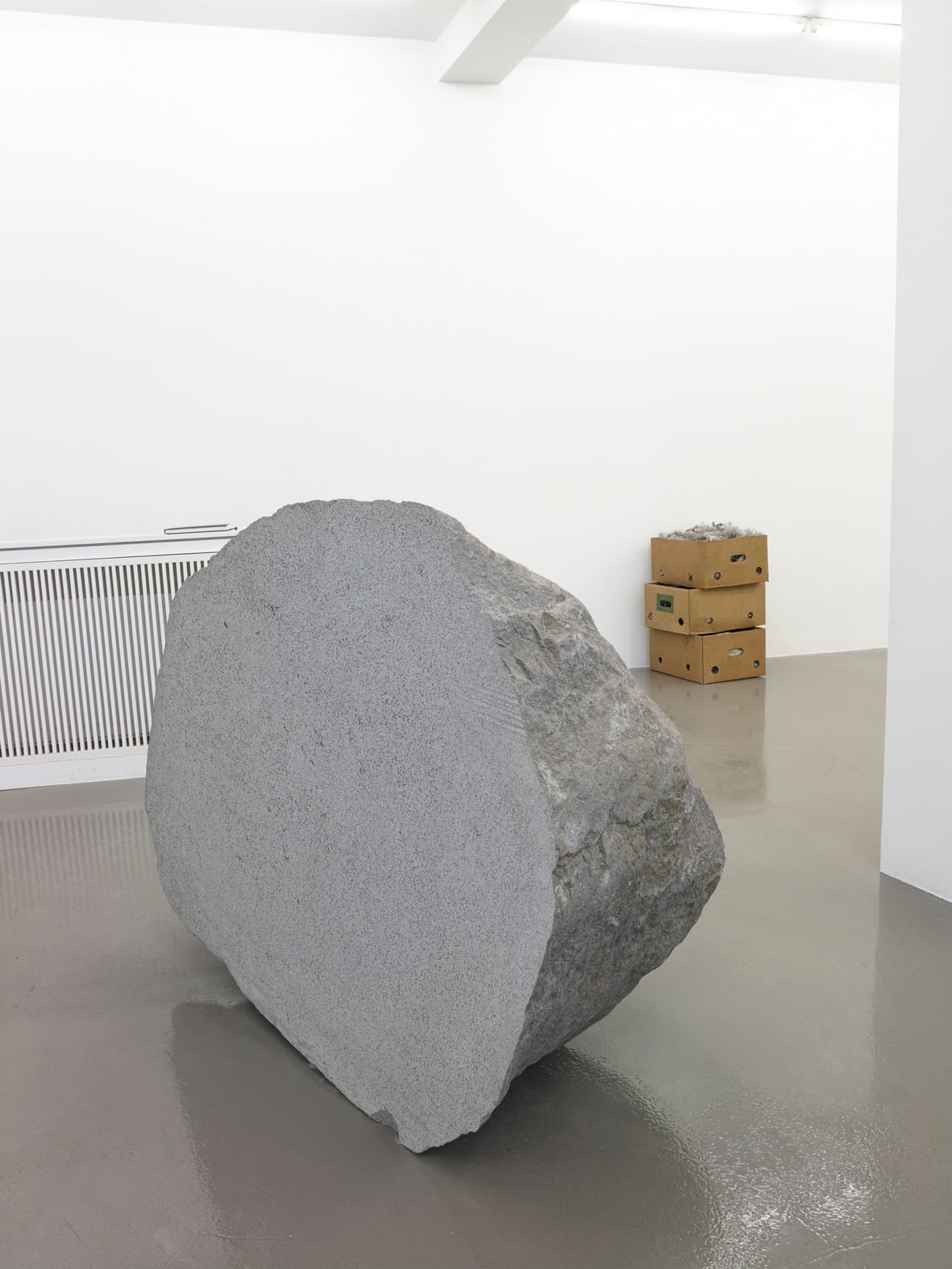
______________
Abraham Poincheval Pierre, 2017
‘A French artist emerged from a week entombed inside a 12-tonne rock Wednesday and said he was “a little stunned” by the experience. Abraham Poincheval, 44, had difficulty walking as he was helped from the stone onto a chair before being taken away for a medical examination.
‘His extreme performance in a Paris art museum has become something of a sensation in the French capital, with crowds thronging the Palais de Tokyo to watch him inside through an infra-red camera. Hundreds have tried to talk to him through a crack in the rock, with the artist telling AFP that some had read him poetry, played guitar or told him about their dreams and nightmares.
‘Poincheval, who previously spent a fortnight sewn-up inside a stuffed bear, had earlier told AFP through a crack in the limestone boulder that his confinement had been “like tripping”. “I am travelling in this rock without moving, like an astronaut,” he said, buoyed up by the fact that he had “got into people’s heads”.
‘Poincheval carved out a hole inside the rock in his own image, just big enough for him to sit up in, with a niche to hold supplies of water, soup and dried meat. Dubbed France’s most extreme artist, he will attempt to become a human hen later this month and hatch a dozen eggs by sitting on them for weeks on end.’
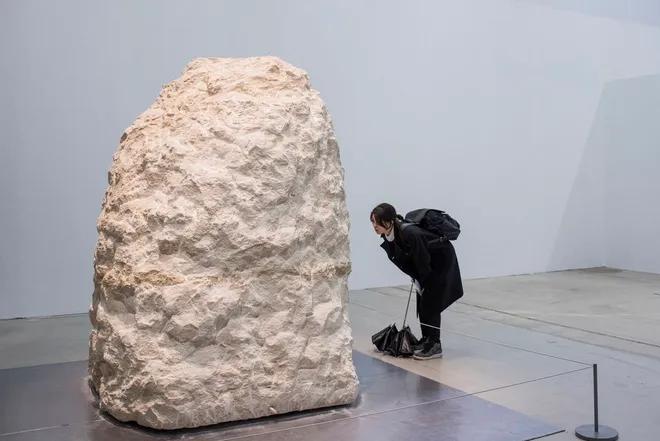
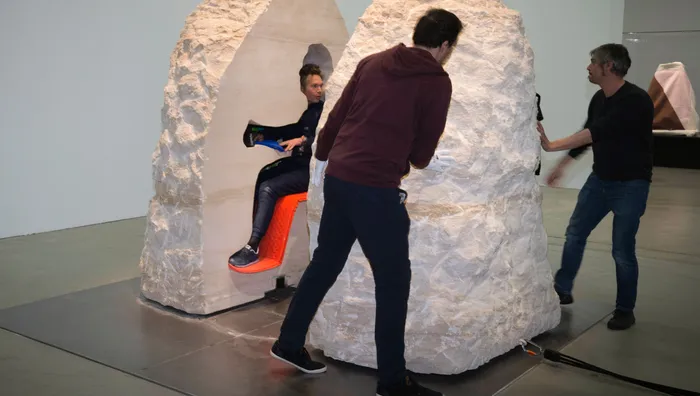
_____________
Anish Kapoor Grave, 2016
Resin and earth

______________
Foteini Palpana If you were written on ice you would be equally indecipherable, 2017
‘The network of crevices on the surface of a rock is viewed by the artist as a cryptogram that can be transcribed, but not necessarily interpreted.’
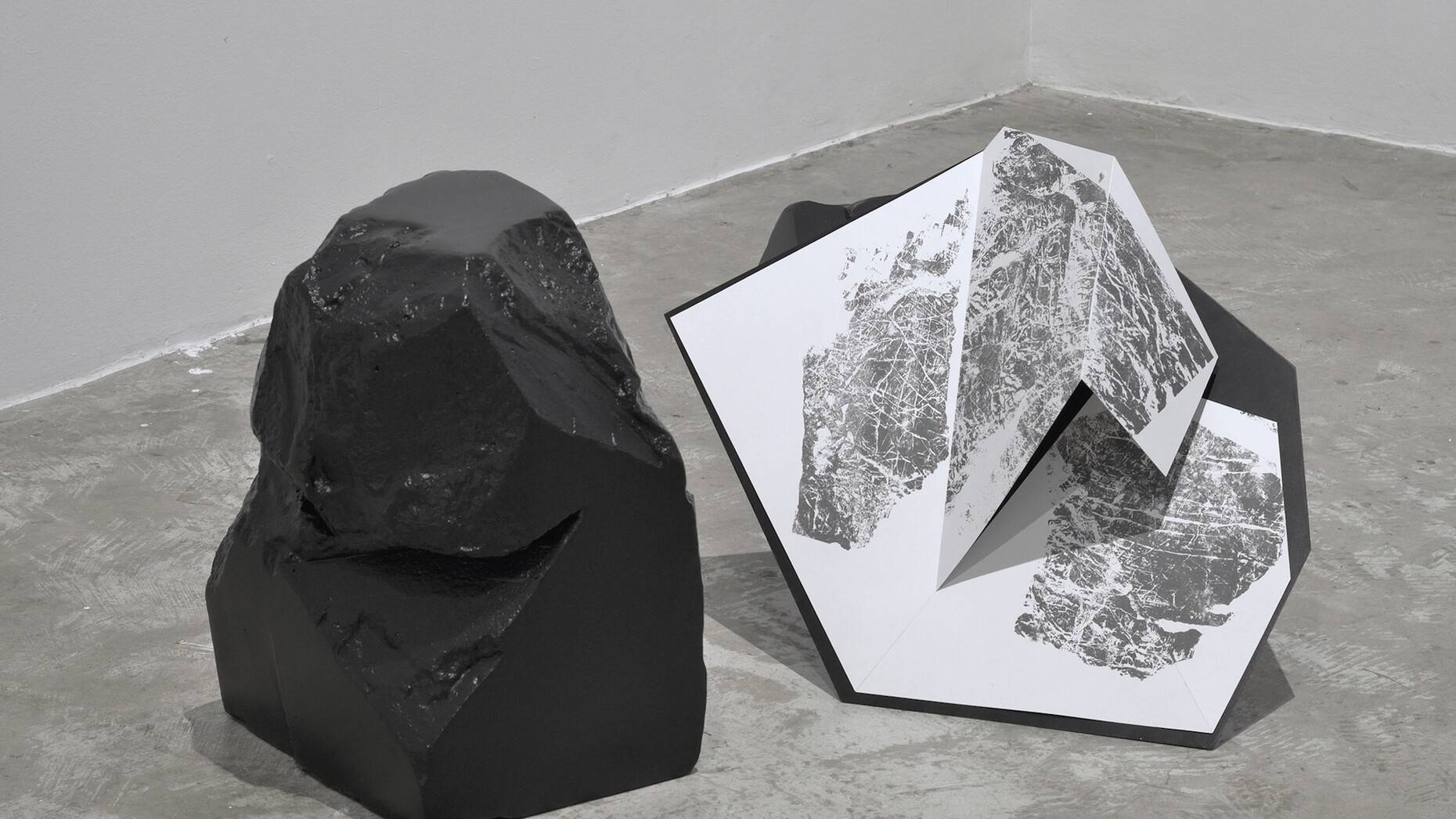
______________
Huang Yong Ping A football match of June 14 2002, 2002
Fibre de verre, bois et chauve-souris naturalisées

______________
Natalia Turnova The Egg and the Rock, 2021
mixed media
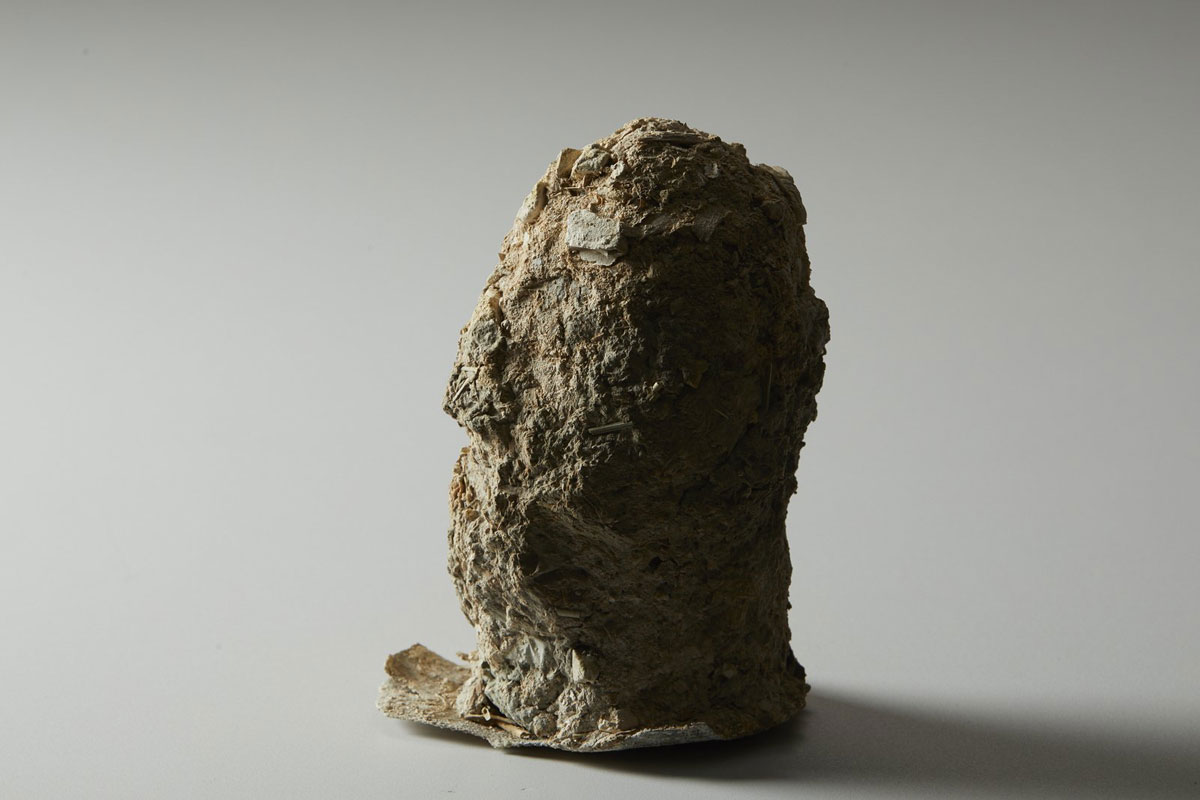
______________
Rebecca Horn Magic Rock, 2005
Special stone from the sea of the Aeolian Islands near Napoli, Mountain rock crystal from Nepal steel, motor, wood platform
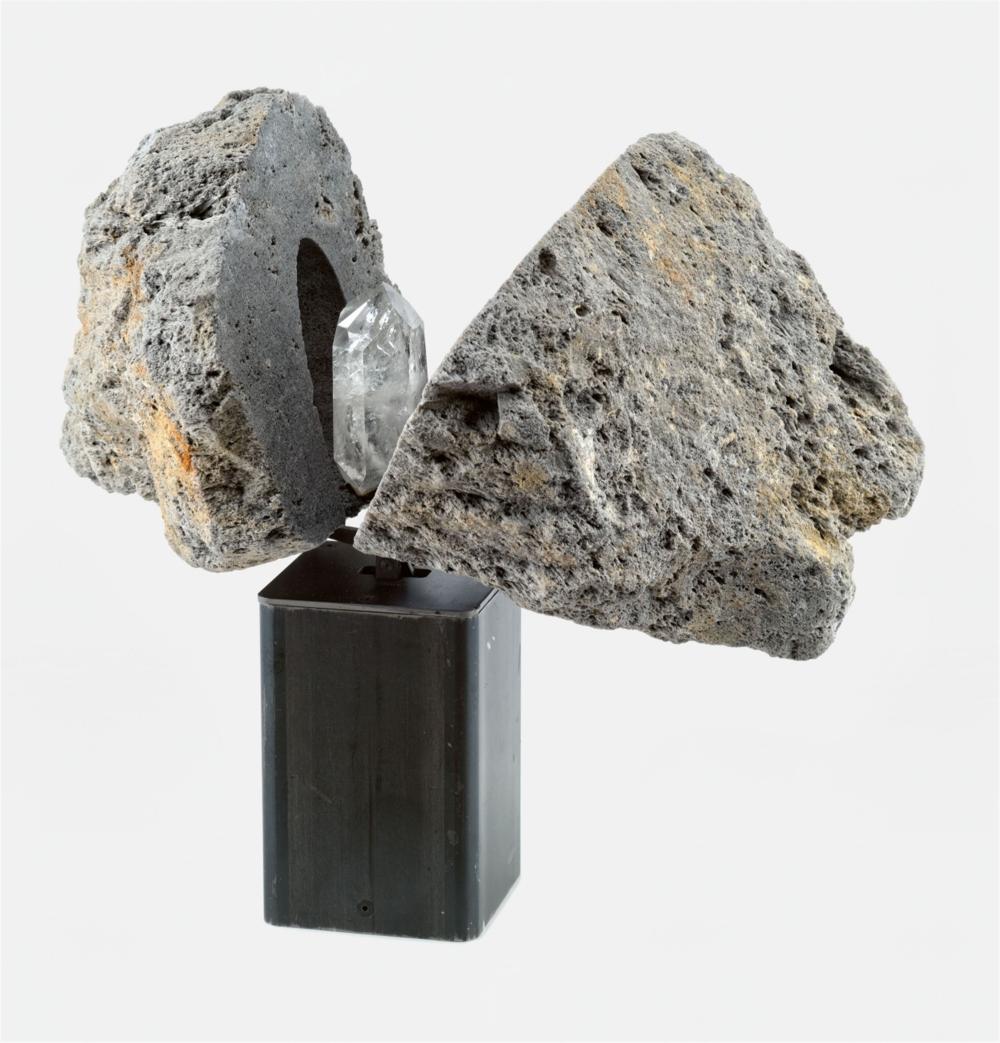
______________
Eduardo Basualdo Teori, 2014
mixed media
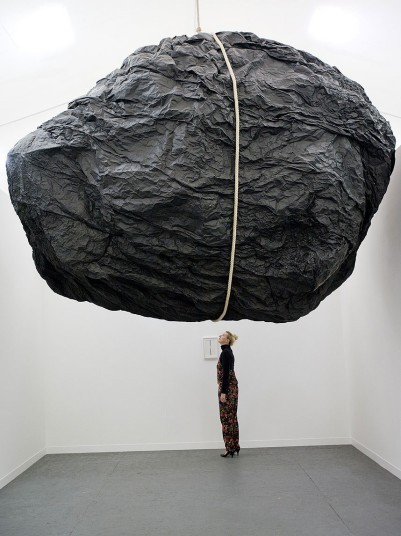
____________
Luis Camnitzer Somebody’s Fragment, 1969
rock made with papier-mâché on a metallic structure, chord and written document with the caption “Somebody’s fragment”

_____________
Anna Borgman and Candy Lenk Wurf, 2022
paper maché and wood
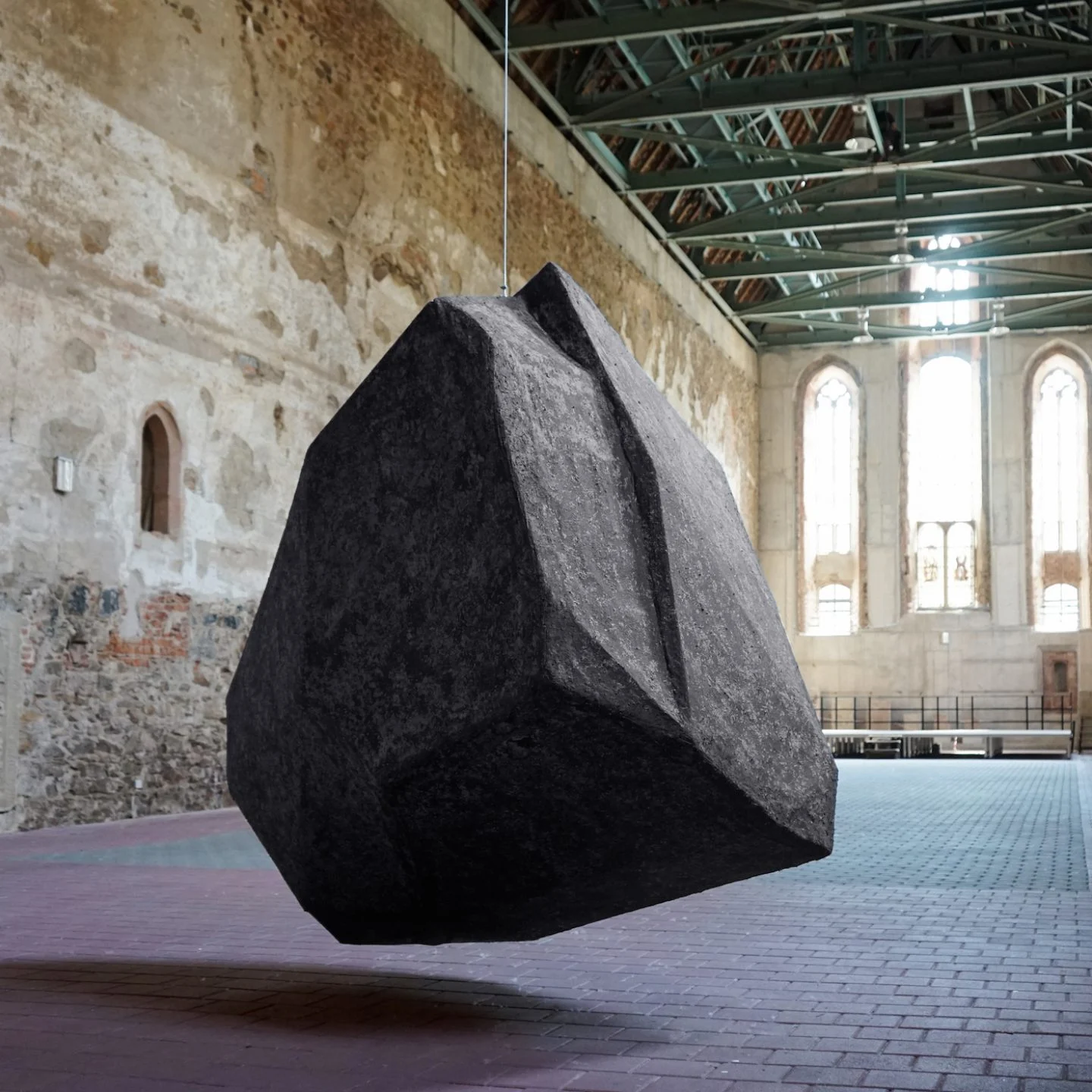
_____________
Chris Burden Extreme Measures, 2013
boulder, rope
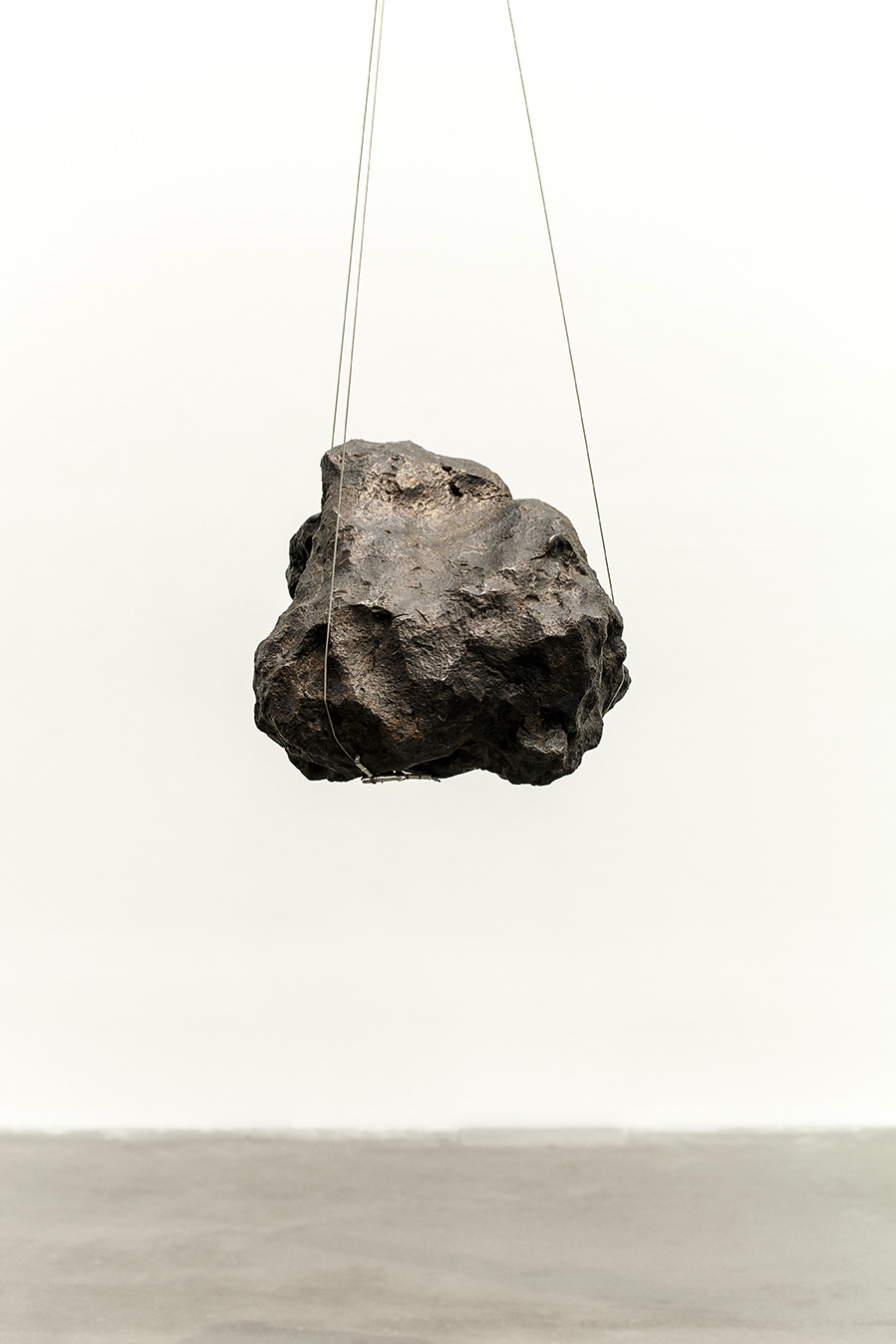
_____________
Amy Stephens Something Anything Everything, 2018
‘a feather rock is transported from its natural state relanding in the space’
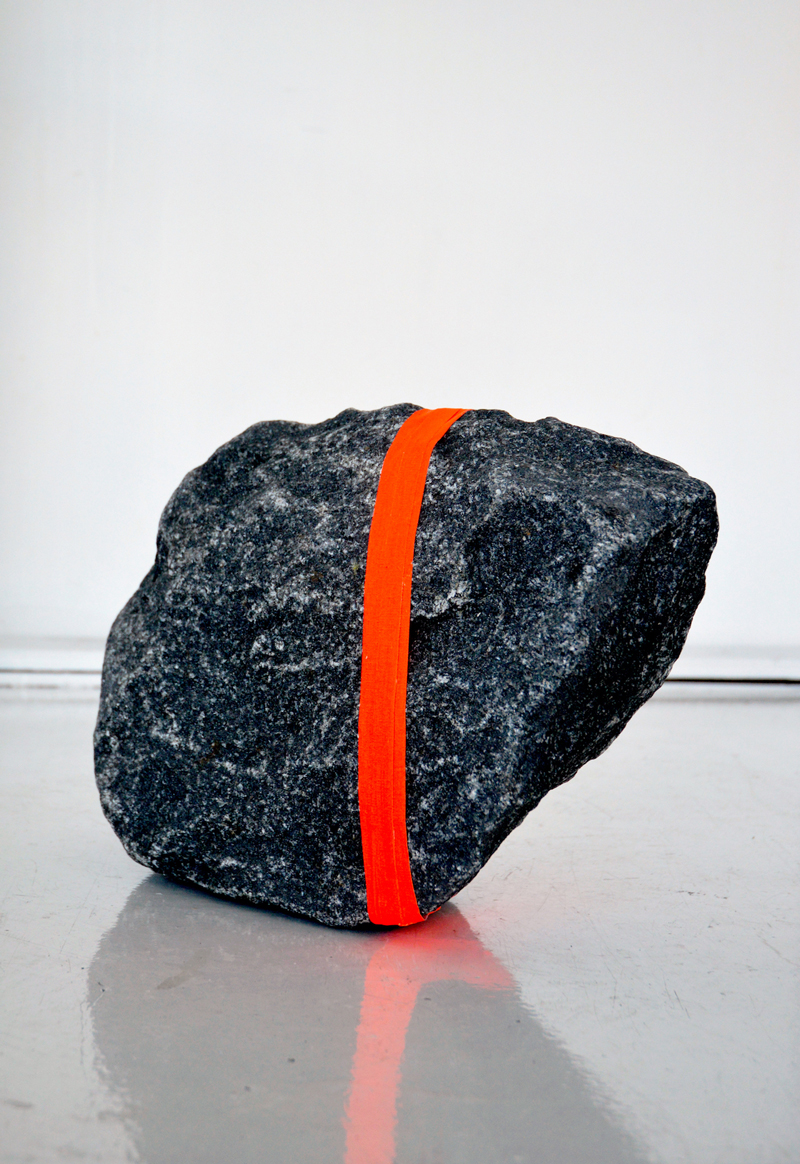
____________
Ken Kelleher Union, 2020
stainless steel
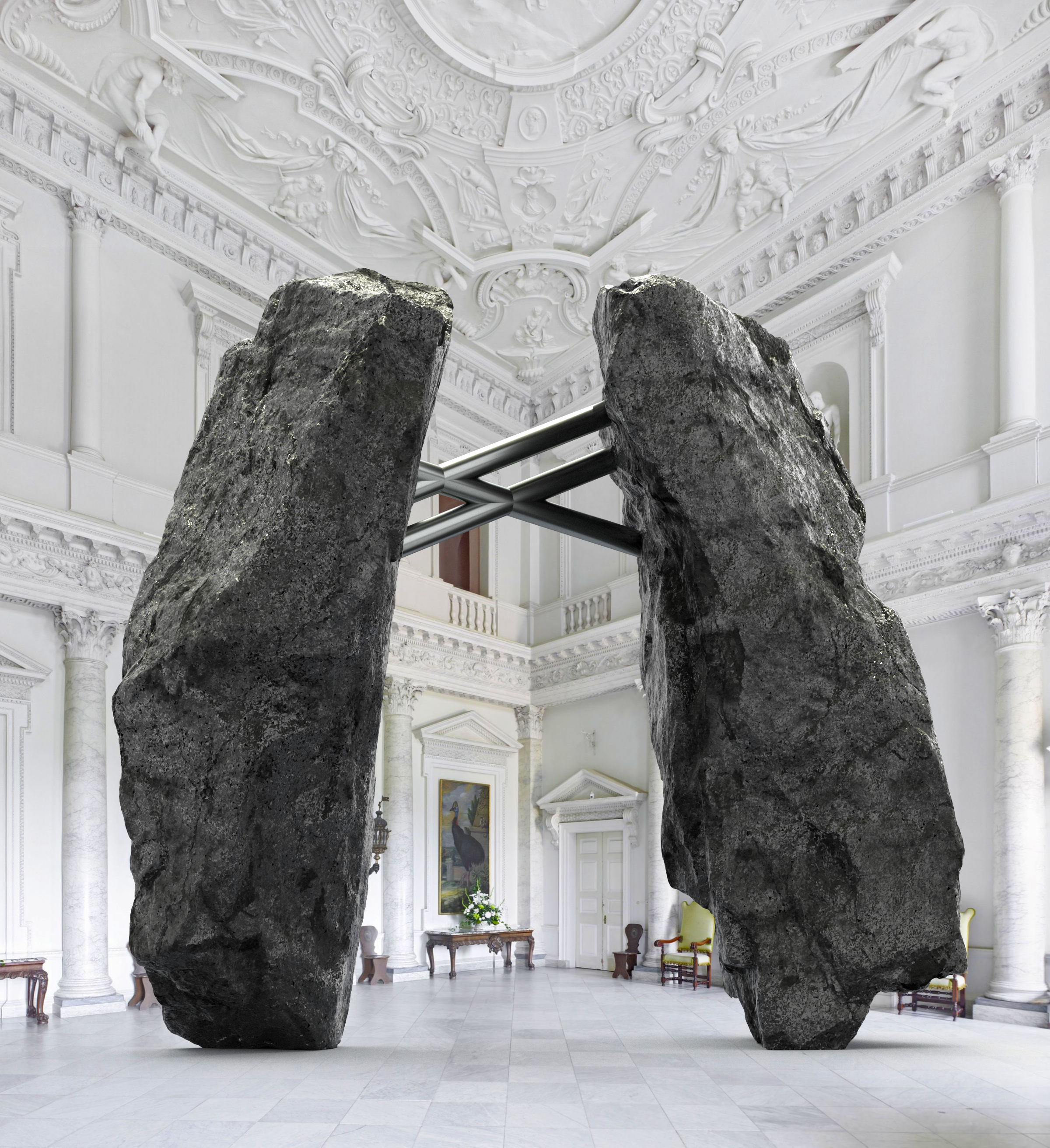
_____________
Romain Langlois Untitled, 2021
‘Langlois uses bronze to pull boulders apart.’
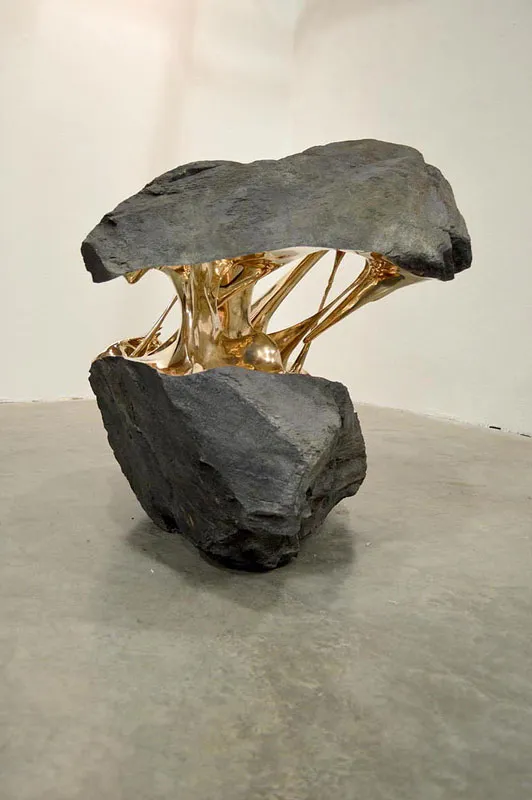
_____________
Michael Heizer Levitated Mass, 2012
‘A giant boulder moved from a quarry in Riverside to the Los Angeles County Museum of Art over the period of ten nights in 2012.’

_____________
Matthijs Kok Stone Foam Stool, 2015
‘A stool with a hard look, which is unexpectedly soft.’
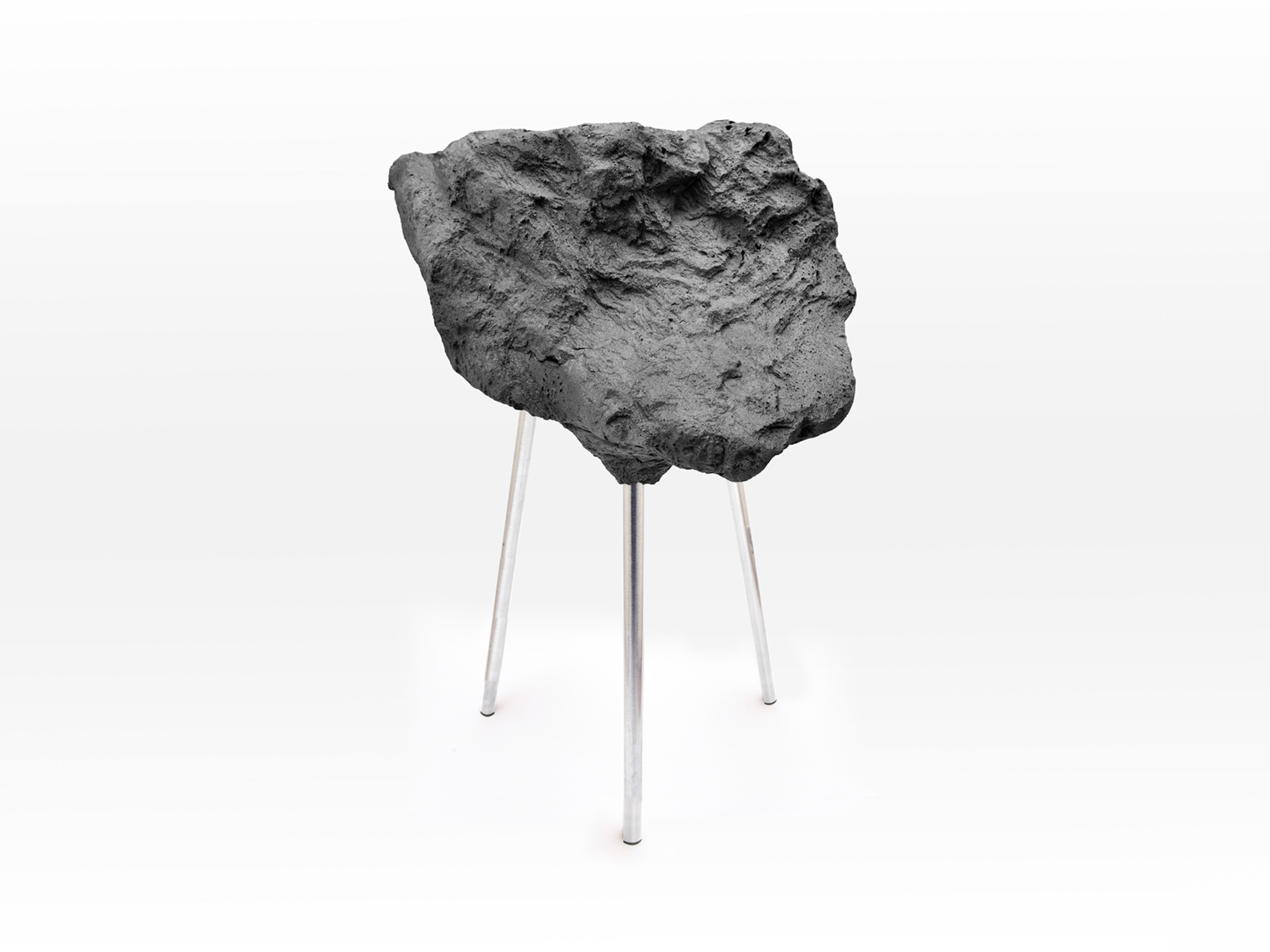
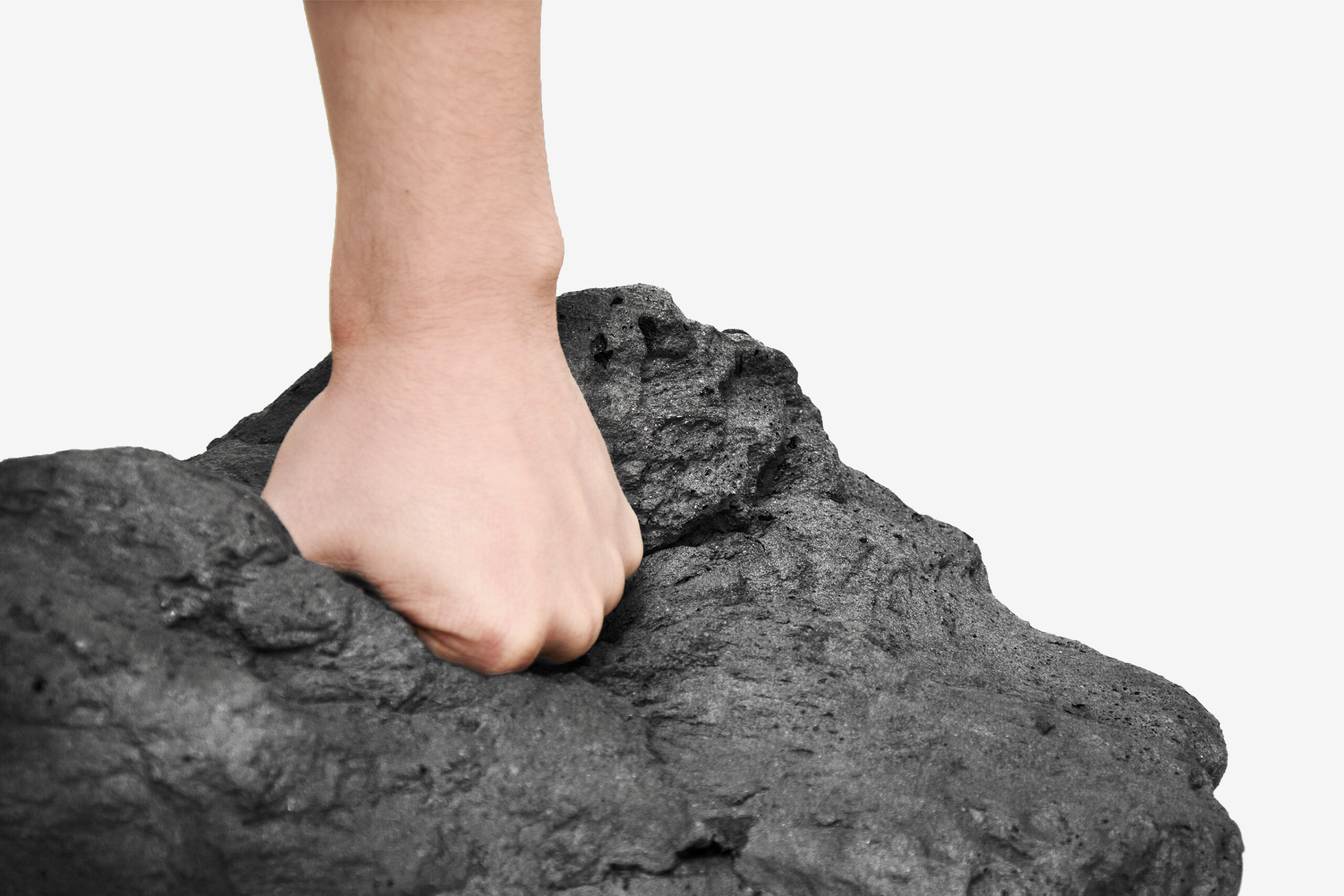
____________
Urs Fischer Untitled, 1993
‘One can always rely on Urs Fischer for a mound.’

____________
Katharina Grosse Rock, 2005
Rock, acrylic

____________
The Chapuisat Brothers No Place Like Home, 2007
‘Our constructions transform space, turning interior and exterior boundaries inside out and toying with the perception of a subjective reality. They demand visitors’ active participation, putting them into the position of being an explorer.’
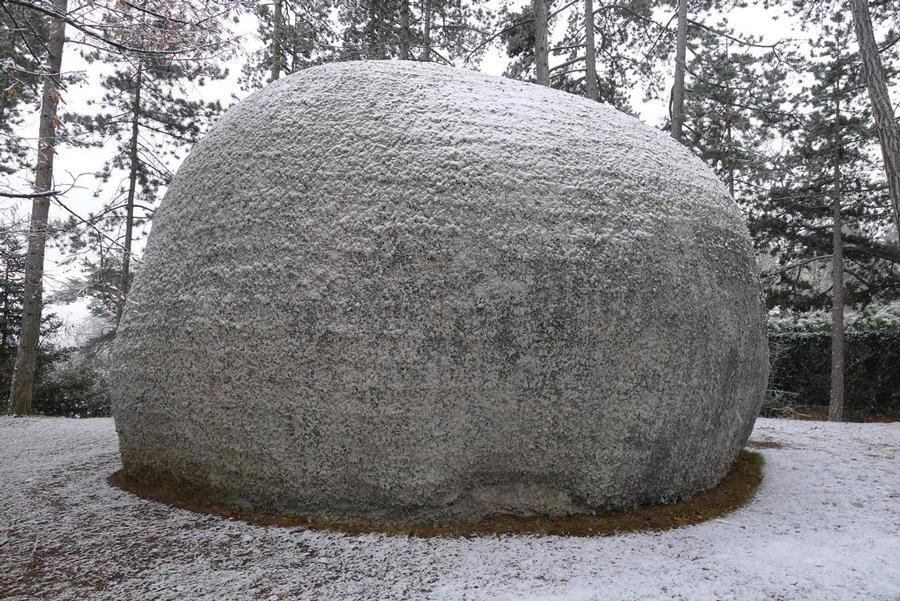
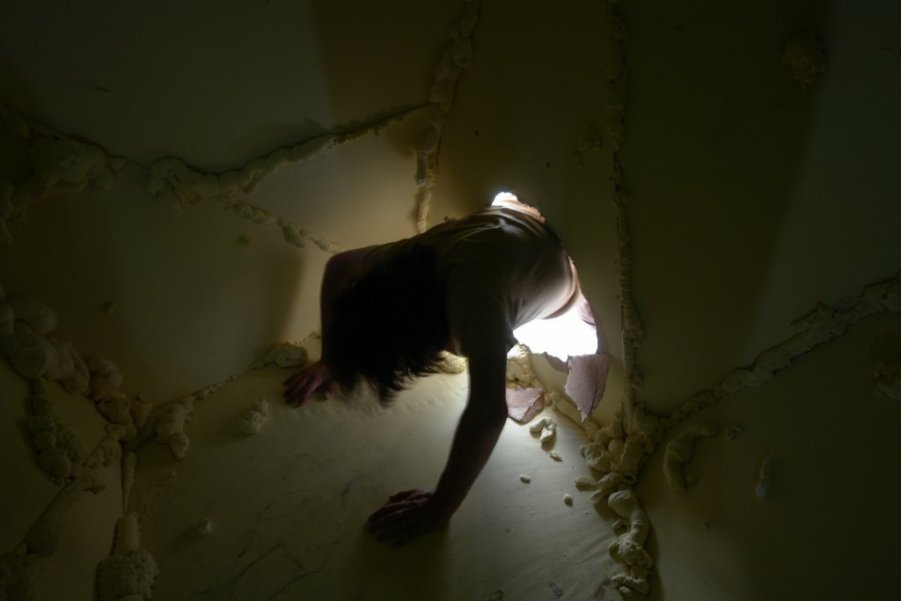
____________
David Benjamin Sherry How Could I Have Ever Lost You, 2010
‘I turned a five foot tall boulder into a sculpture that I’d half dreamed about toward the end of a relationship.’

_____________
Fernanda de la Huerta Black Rock, 2020
leather, black dye

_____________
Zhan Wang Artificial Rock, 2016
stainless steel

_____________
Dove Bradshaw Radio Rock, 1998 – 2007
Sculpture, Pyrite embedded igneous rock, gold-tipped cat whisker, radio parts, speakers
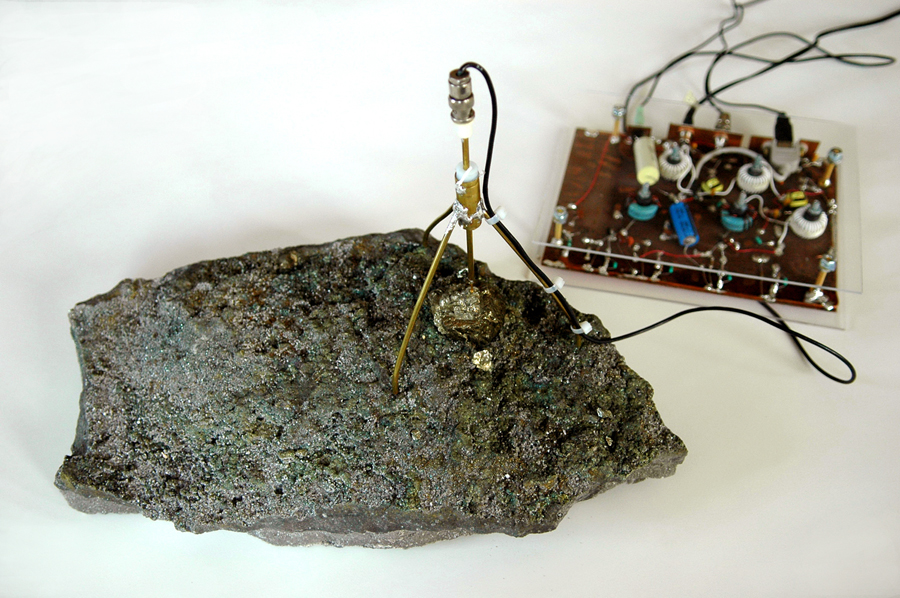
____________
Alicja Kwade Silent Matter, 2022
‘Kwade places desk lamps up against the polished volcanic rock to create a luminous depiction of celestial bodies surrounded by the dark vacuum of space.’

____________
Tacita Dean Riesenbett II (floating), 2009
blackboard paint, fibre-based print mounted on paper

_____________
Melissa Deerskin Rock’s Eye View, 2013
Fake rock, television
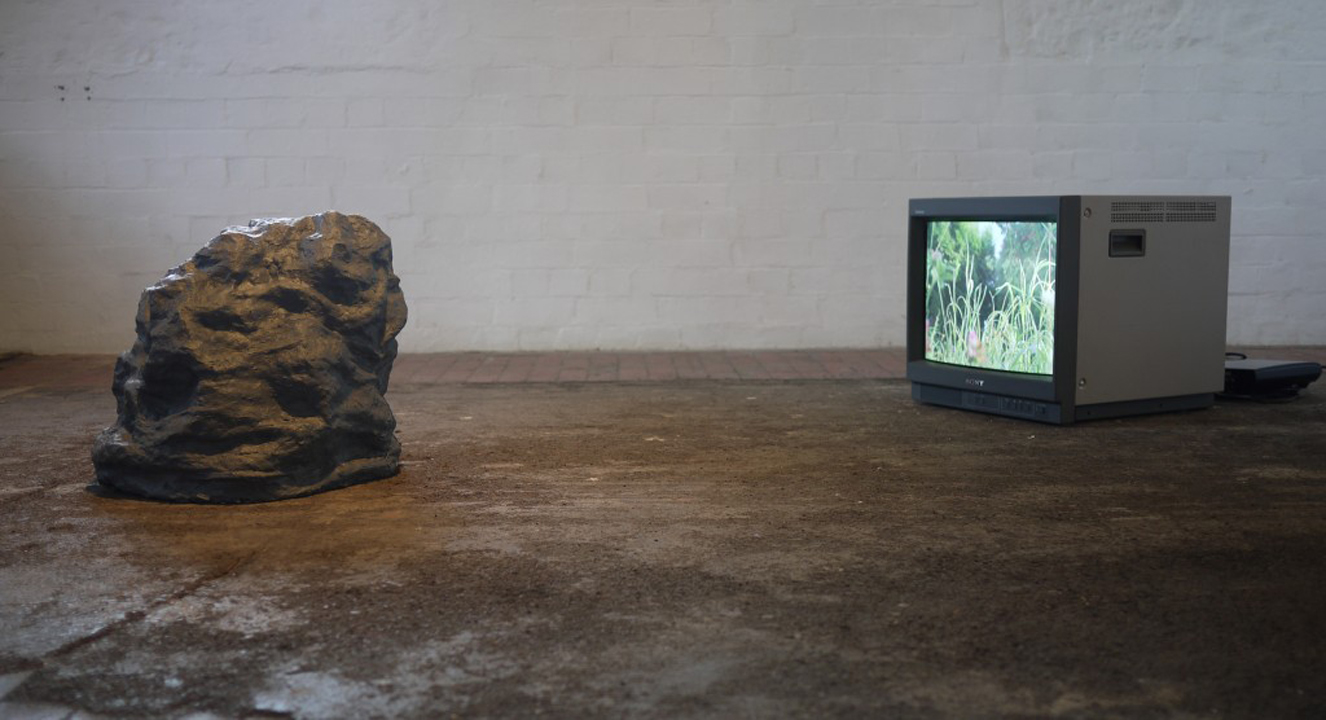
____________
Brad Evan Taylor Growing Rock, 2020
Ceramic
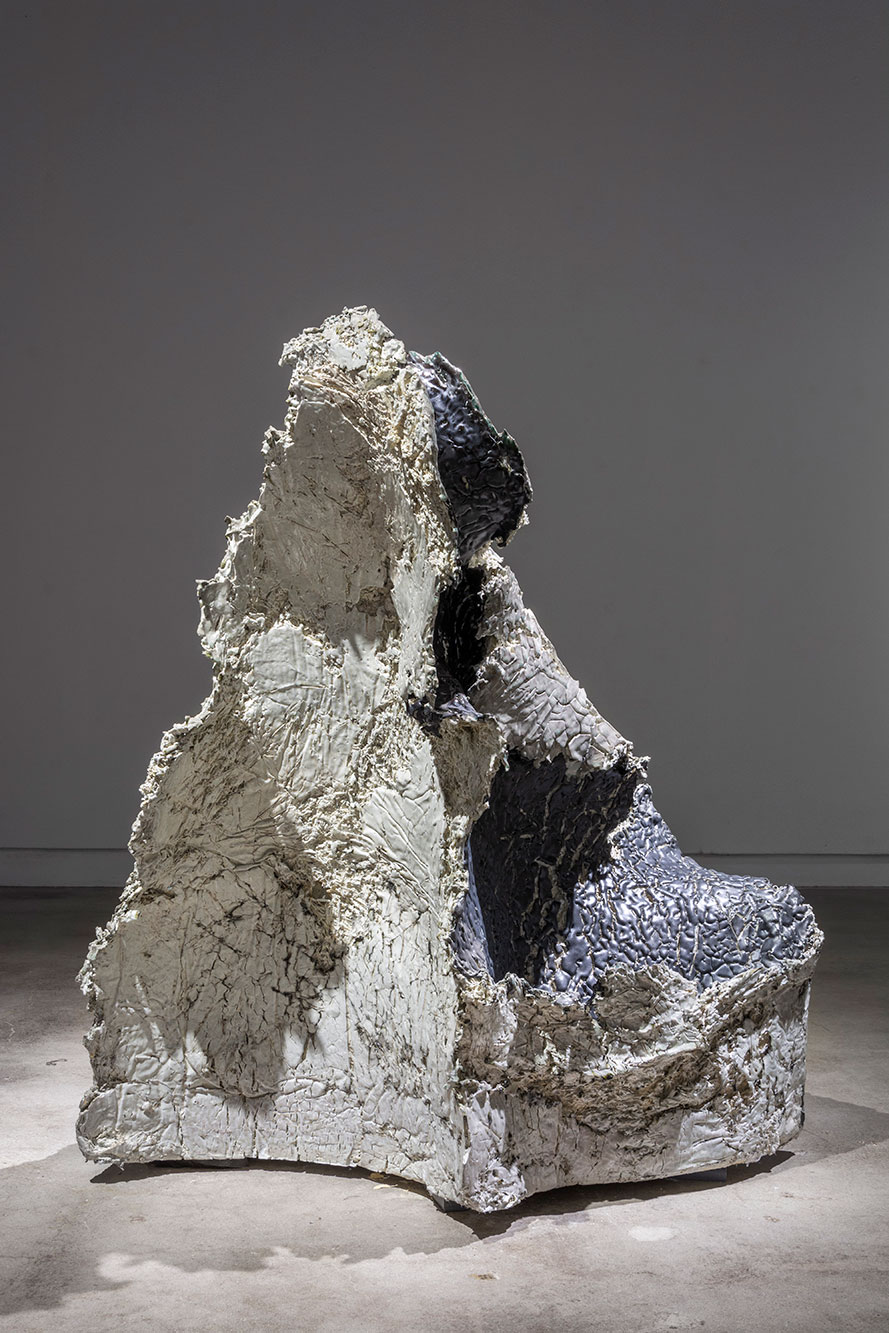
___________
Stephane Jaspert Wave, 2007
rock, paint
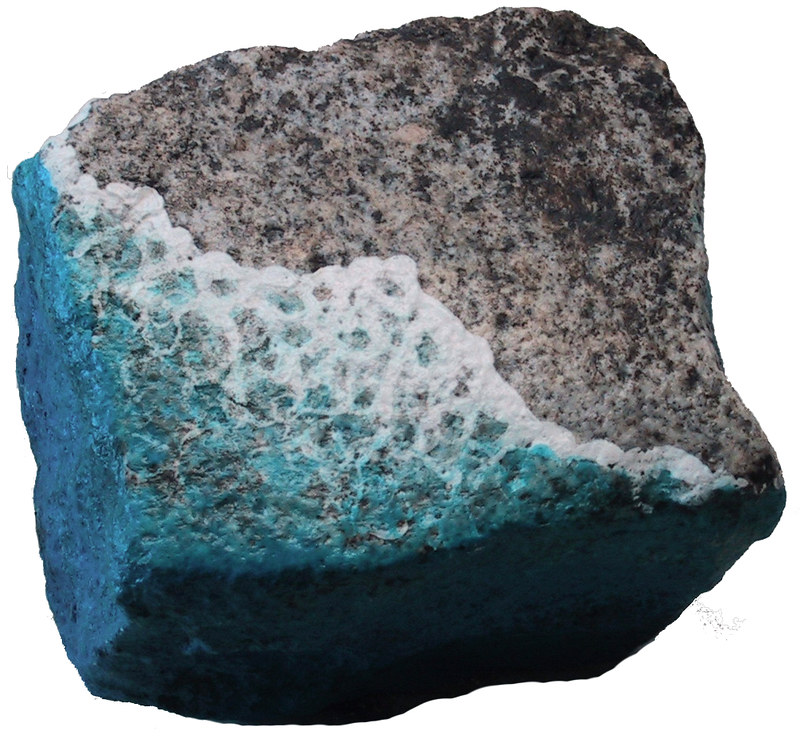
___________
Romain Laurent Untitled, 2017
loop

___________
Anya Gallaccio forever changes, 2011
Bronze

____________
Giuseppe Penone Pietra di foglie, 2006
stone and laurel leaves
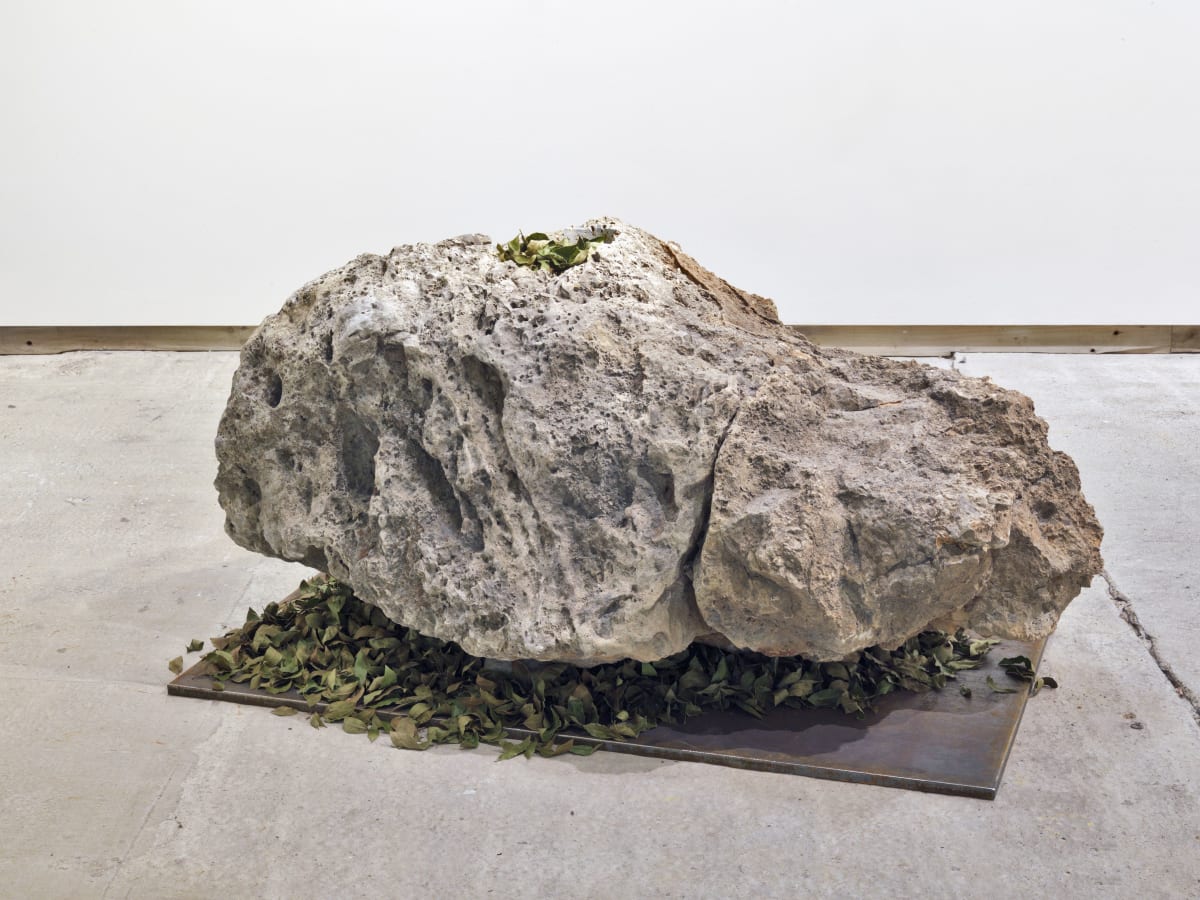
____________
William Tucker Persecutor, 1998
Bronze
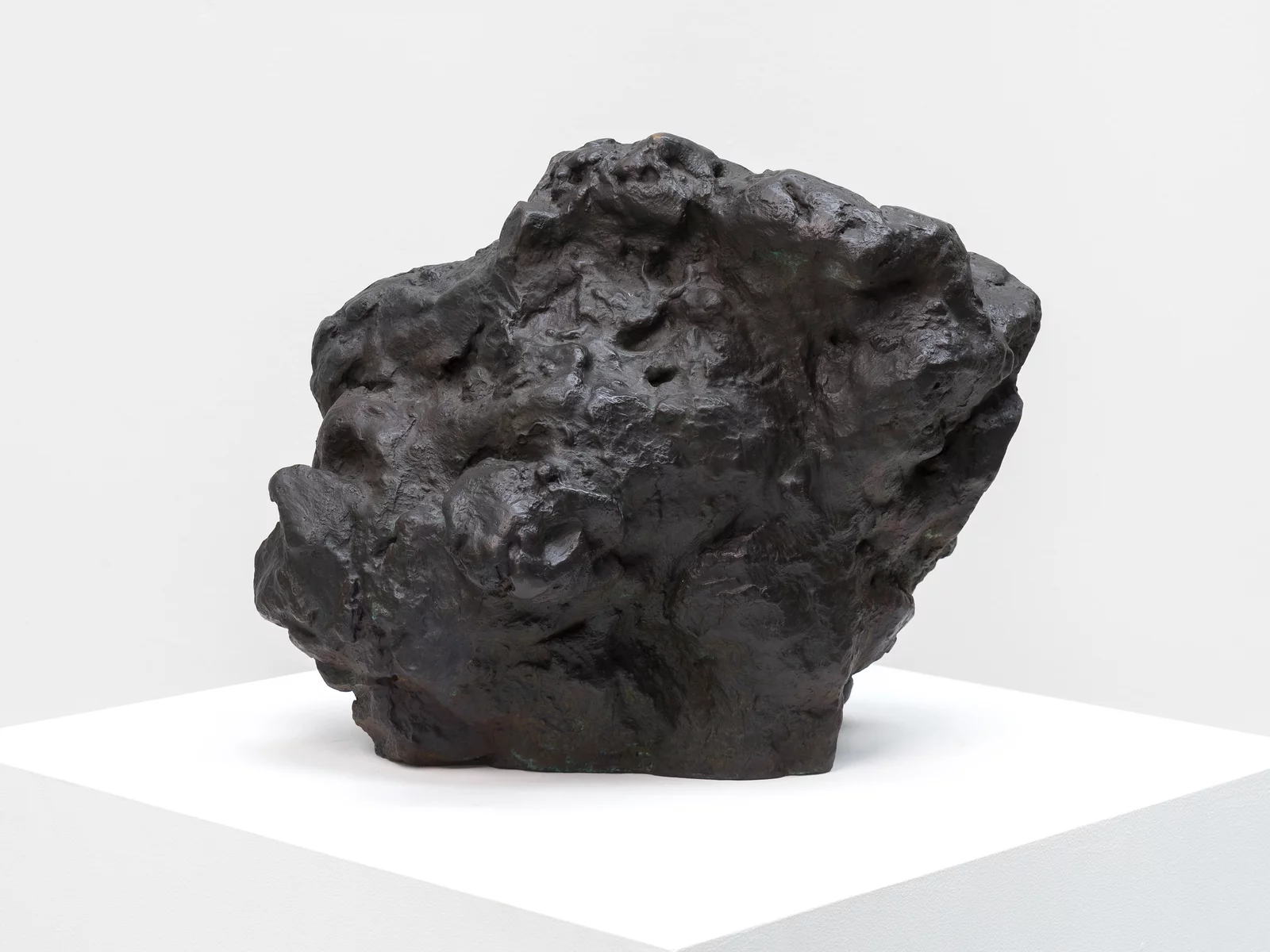
____________
Taesoo Lee Mademoiselle S, 2006
Chair, boulder, platform

____________
Rowena Brown SET OF FOUR HOUSES ON ROCKS, 2019
Stoneware, hand-built architectural form, coloured with slips, part-glazed

____________
Sun Yuan & Peng Yu Teenager Teenager, 2011
simulation of sculpture, sofa, simulation of stone
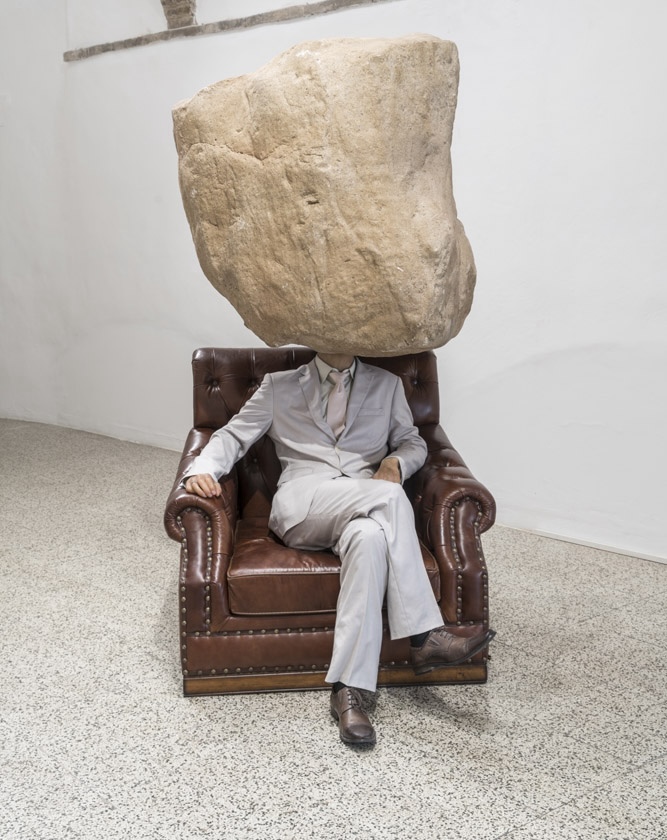
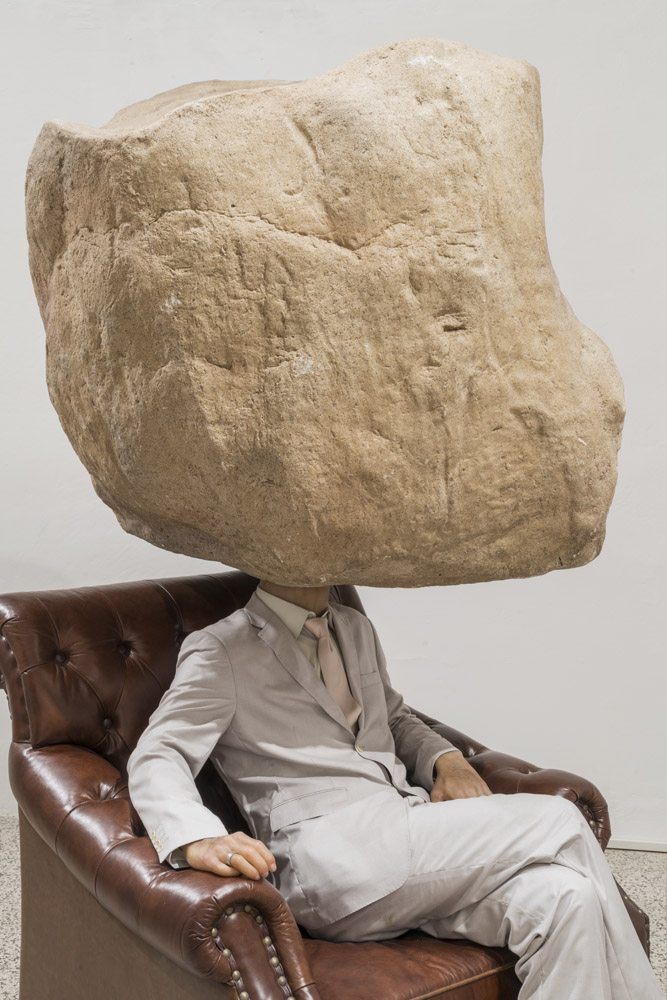
____________
Victor unrefined work, 2015
gif
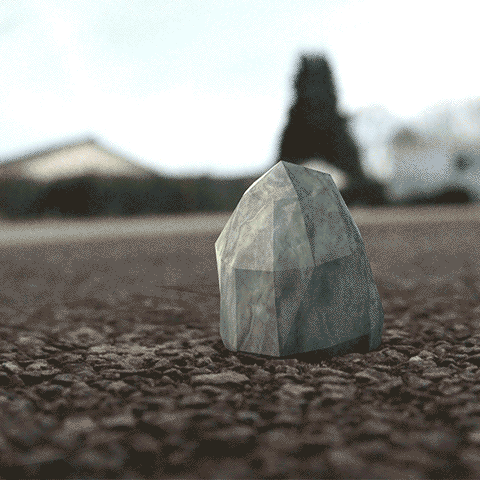
____________
Matthew Simmonds Byzantium, 2023
‘Stone carver Simmonds uses stone to bring these perfect ruins to life, giving them a detailed, elaborate form, that seems however somehow to be growing naturally out of the raw material.’
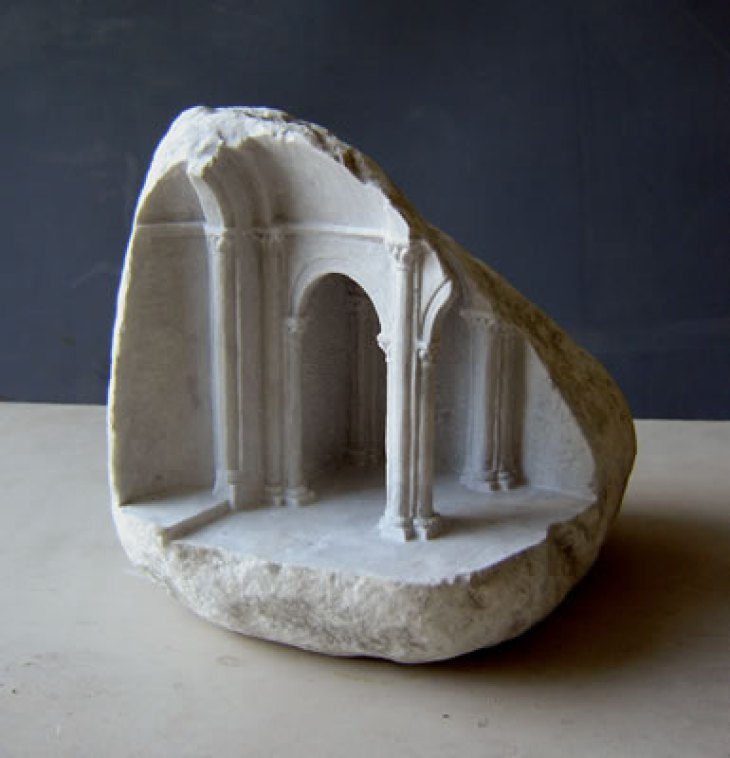
*
p.s. Hey. ** PL, Indeed, but I should add that all the other bus passengers also acted like it was normal and no big deal, so maybe that happened all the time. I do like Sonic Youth, yes. Enjoy. Oh, I feel really hesitant to judge things when I don’t know all the details/facts, but, if I were to guess, I’d say he was probably guilty of doing something in that realm. What do you think? Oh, no, I assumed you are a real entity. There have been a few times in the past when fake people commented on this blog, and I had no clue until it was revealed. I guess I’d rather start off trusting people and end up being fooled rather than starting out suspicious. Your thrill for pop culture is plenty interesting, so carry on if you like. Great talking with you too, iow. ** ellie, Hi, ellie! The film is almost finished, and the book is finished and will come out later this year. How are you? Yes, you can send me that writing. I’m slow, so it will likely take me a bit to read it, but I would definitely like to. Do you have my email? It’s denniscooper72@outlook.com. Thanks for wanting to share it with me. ** _Black_Acrylic, In many cases, I think you’re right. It’s sad that the shows live forever, but the locations don’t. Okay, you’re in the pro-‘Ripley’ camp. Good to know. Enjoy it fully. ** Charalampos, Hi. Like I said, basically none of the movie backlots exist anymore, except for Universal’s, and it’s more for tourists to look at than for shooting things these days. I think the photos were all there, or they looked to be from my end. Are those albums you mentioned Charli albums? I only know the singles and certain tracks. Love from here (and there). ** Tosh Berman, Another thumbs up on ‘Ripley’. Gosh, will I actually have to watch it and see for myself? Seems to be getting to that point. Maybe I’ll dip. ** Dominik, Hi!!! ‘The Clown’, prosaic. I’m sure someone has titled their novel ‘The Novel’. Yes, very curious. There must be books or at least essays written about why the Japanese are into faux-submissiveness, if they are. ‘Godzilla x Kong’ has a fun opening action set piece and a fun closing action set piece, and everything else is pretty crap. But fun crap ultimately, I suppose. We saw it in this special presentation where they showed it in some extremely wide format and projected the side areas of the film on the walls of theater, so it was all around you. That was fun. But should you see it? Mm, probably not. Weird, I’m currently going through a kind of embarrassing addiction to abandoned pet rescue videos. Love making popsicles evaporate rather than melt and drip all over your hand, G. ** Matt N., Ah, good old passion, yes. ‘Hollywood Babylon’ is a lot of fun, but caution re: believing most of what it reports. Which is fun too, I guess. Worth a read, yes. You’re going to have so much fun at Madonna’s concert then, great! Report back. Zac and I are talking about the new film now, and we know generally what we want to do, but it’s still too vague to describe, I think. In a few weeks once we starting working on the script, I think we’ll have a clearer idea. Have the best day! ** Bill, 40 Acres is just a bunch of boring warehouses and apartment complexes now, sadly. I will re: ‘First Omen’. I’m not expecting a ton, by any means. But yes. ** Steve, Glad you’re at least a bit better, and hopefully another bit today. The quitting cigarettes thing is definitely a real, physical thing rather than a mental only thing. At least for me, I completely lose my concentration and focus for a long time. Like I couldn’t do the blog if I quit cigarettes. There must be something in nicotine that sharpens the mind or something. I really don’t know, but it’s a real problem, for sure. I’ll hit ‘Von dutch’ first. Too mainstream is obviously not much of a lure for me. But I’ll try. ** Harper, Hi. Stress, yeah, well, I guess that’s … better than it being something requiring a medical repair job? Or, hm, maybe not. Painkillers, gotcha. You didn’t smoke for a month? I’m awful: I’ve had bronchitis twice, and I still didn’t quit even during that. But I got better anyway, and that’s all that matters. I took one hit off a friend’s vape, and I decided, Nope. What are your other fave Pynchons? I remember really liking ‘Against the Day’. ** Corey Heiferman, Ah, yes, I think I went on a jag searching for examples of what you’re talking about, and there are a whole bunch of examples out there gathered by helpful ultra-nerds. I guess I’m taking about people who are widely thought very attractive, and who, when you’re with them, you see and feel the effect of their attractiveness on people in the vicinity. Yeah, if you want to milk the creative juice that unrequited longing creates, you have to strike the keys while the ‘iron’ is hot. Which doesn’t always last that long. ** Okay. How about if you guys give your undivided attention to the lowly rock for the next 24 hours? What do you say? See you tomorrow.
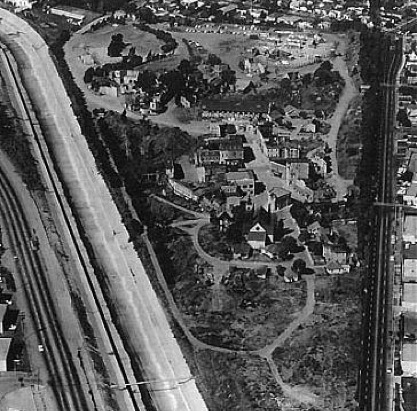
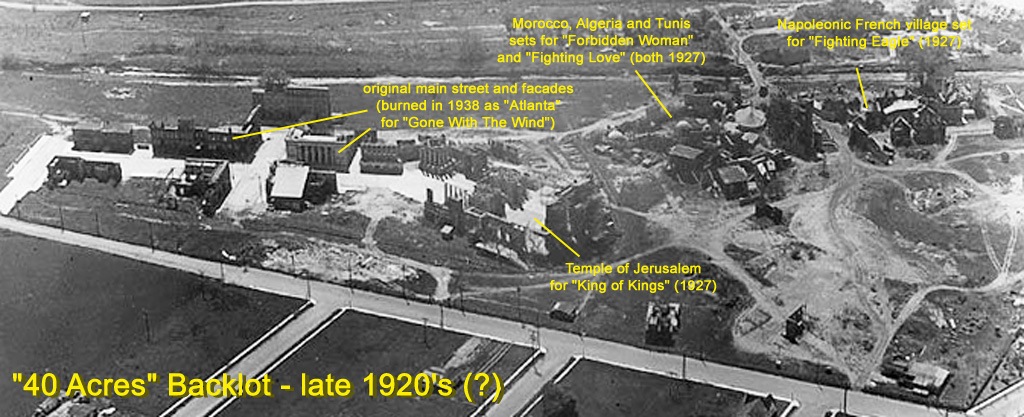
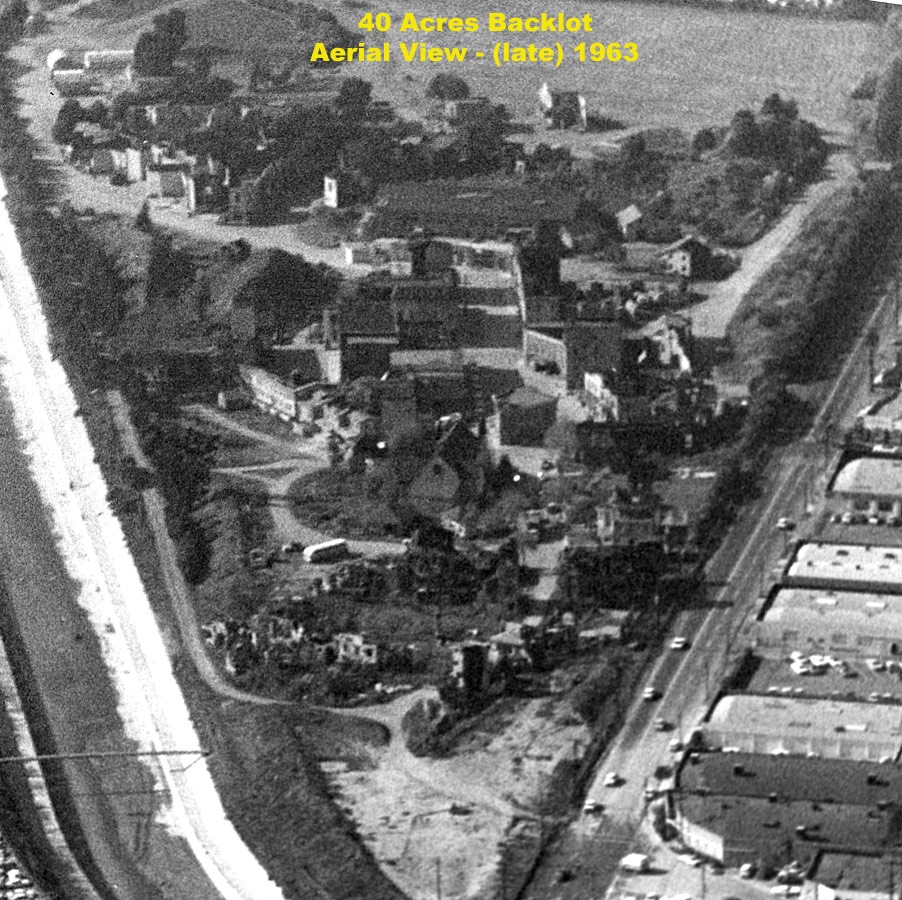



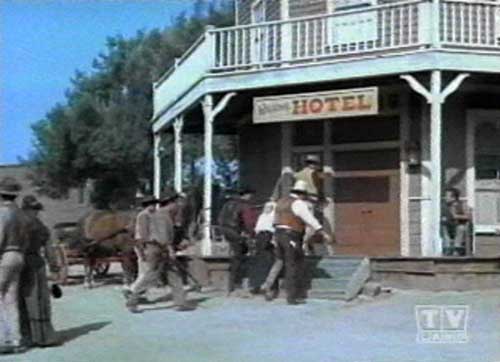
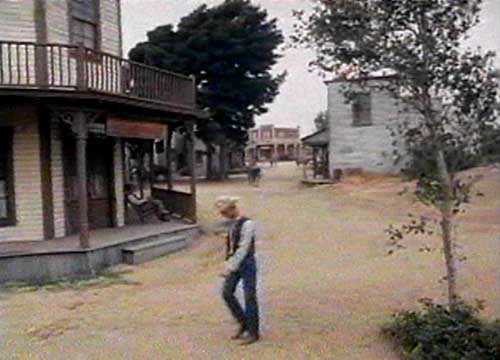
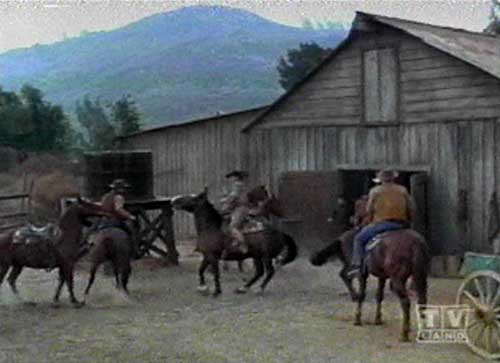

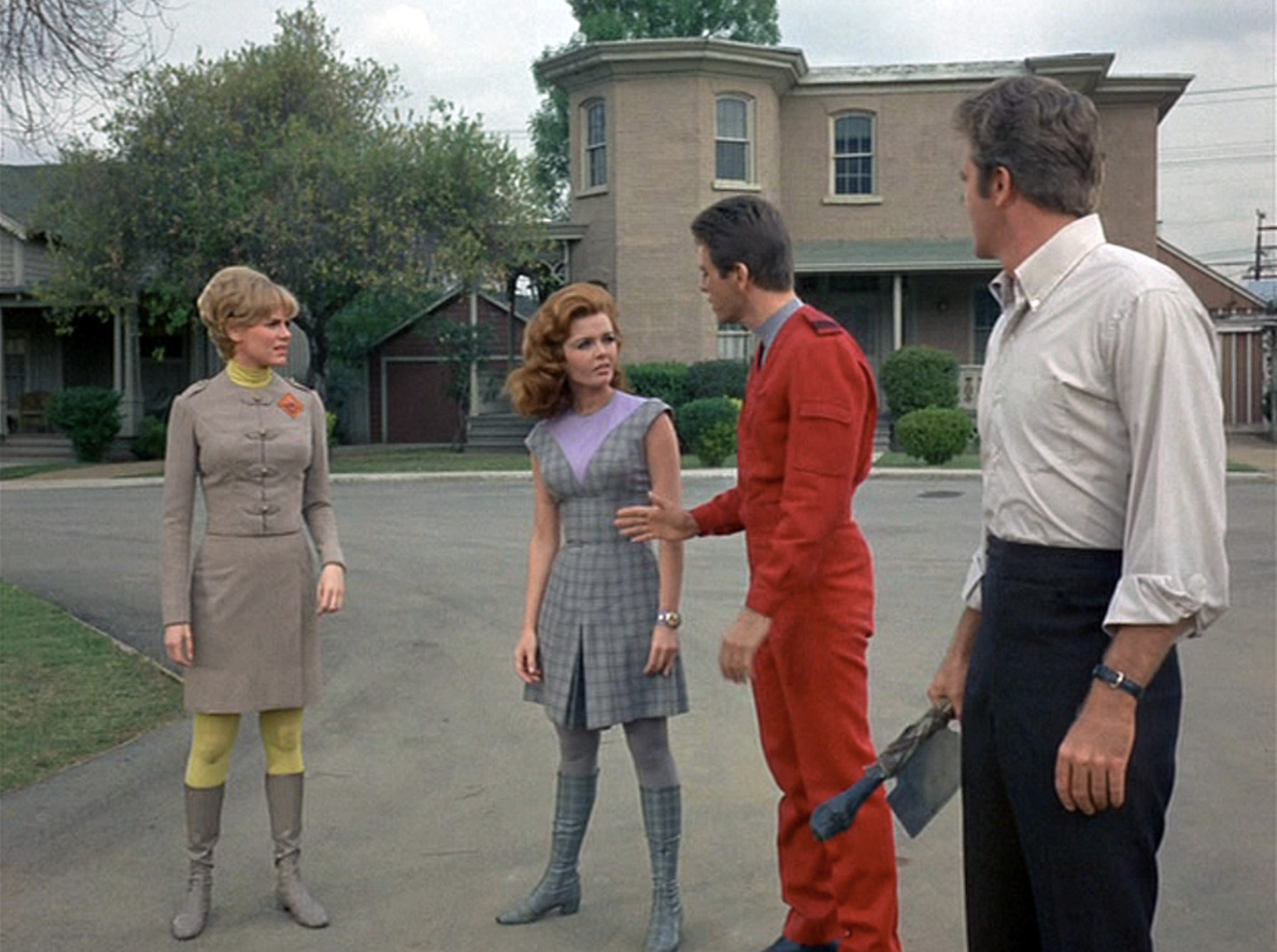

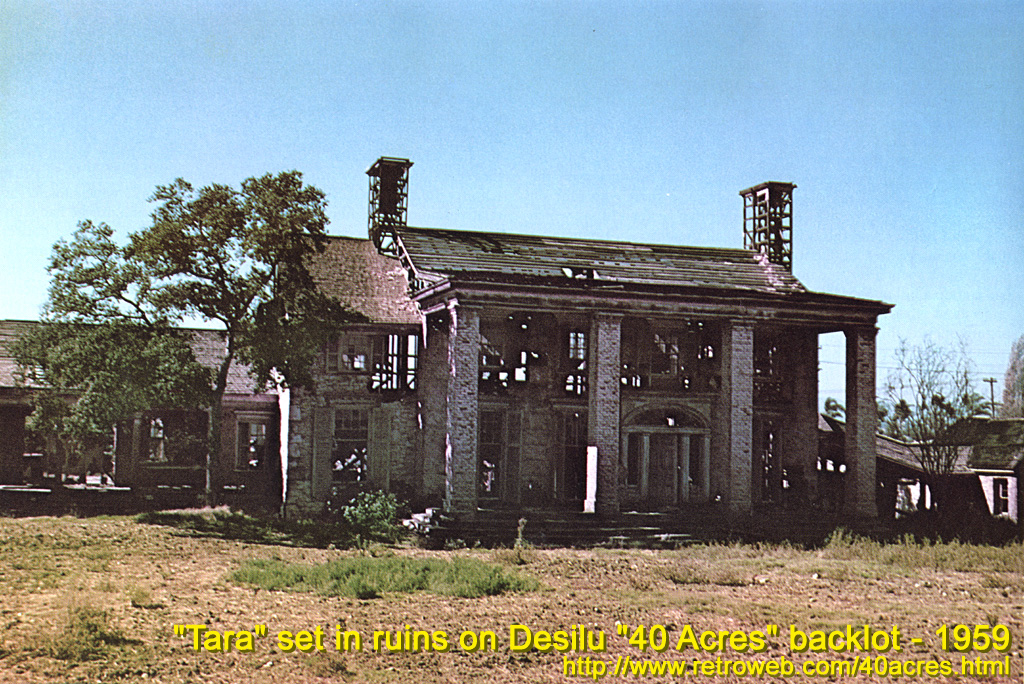

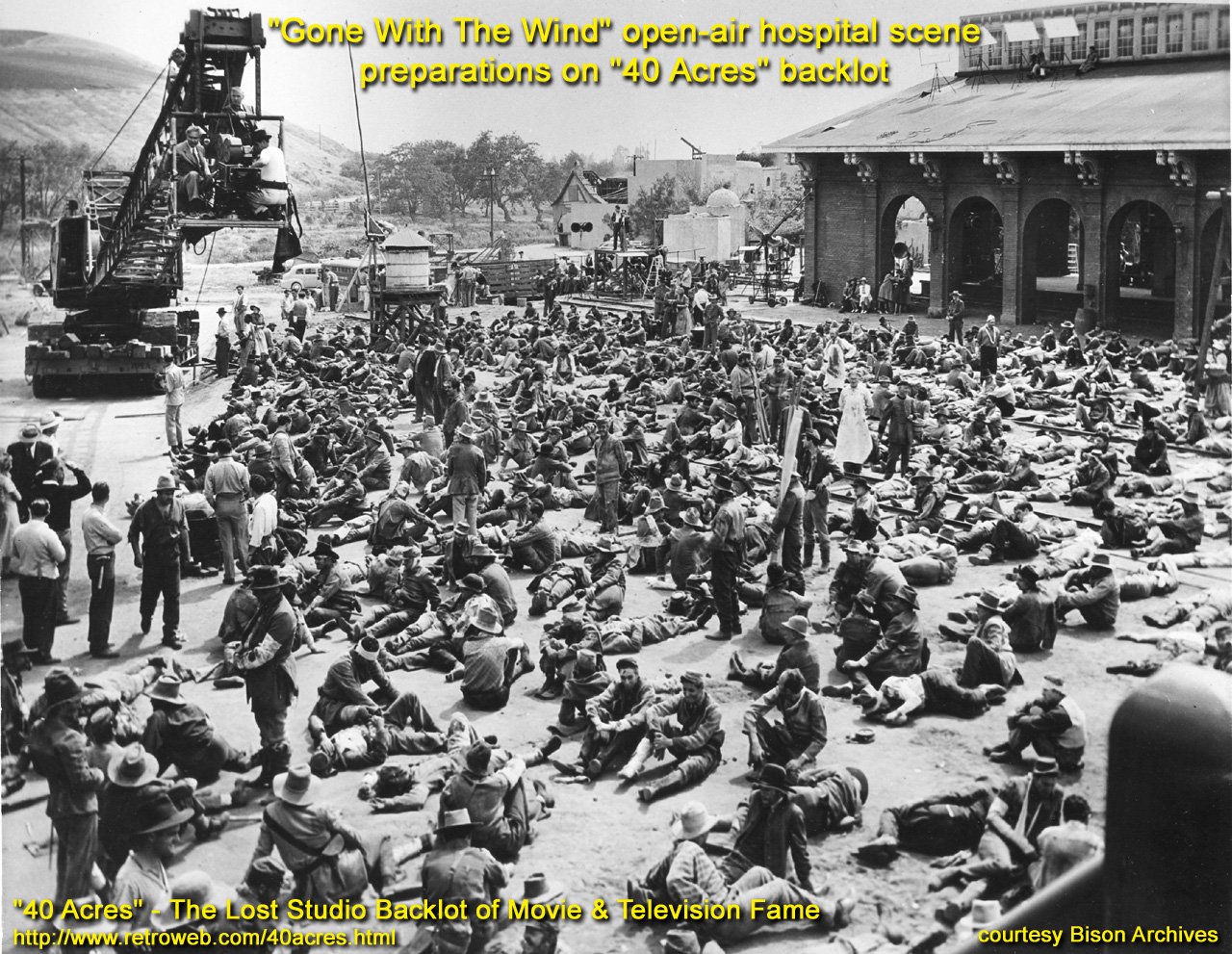

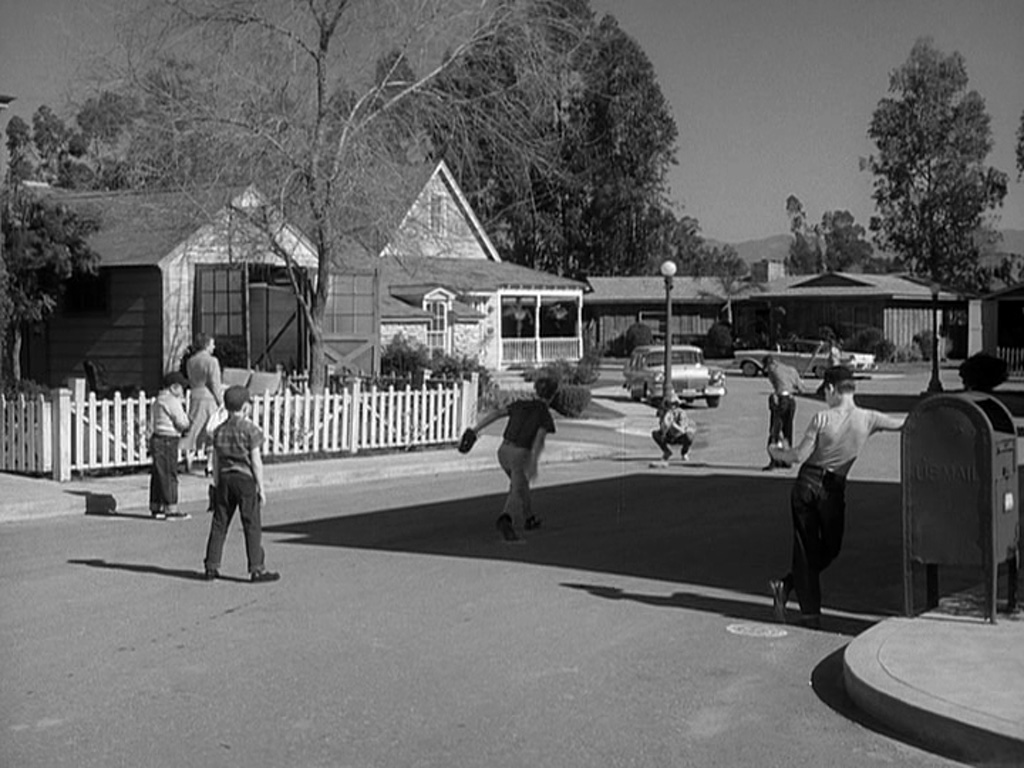

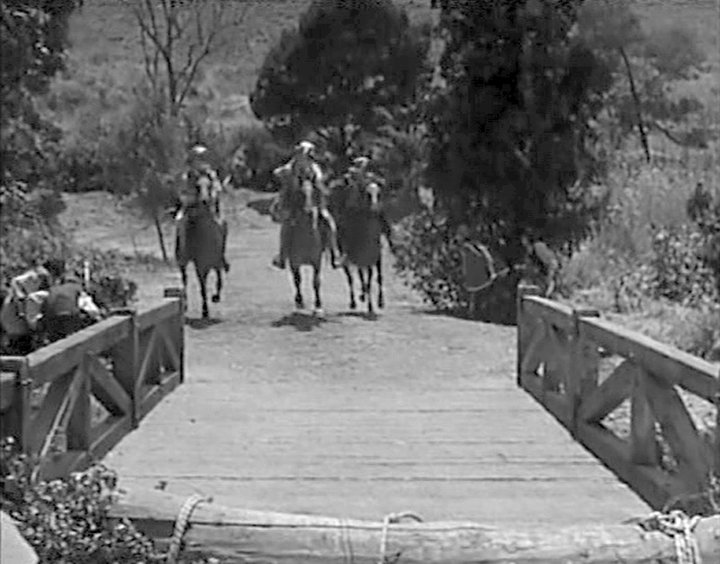
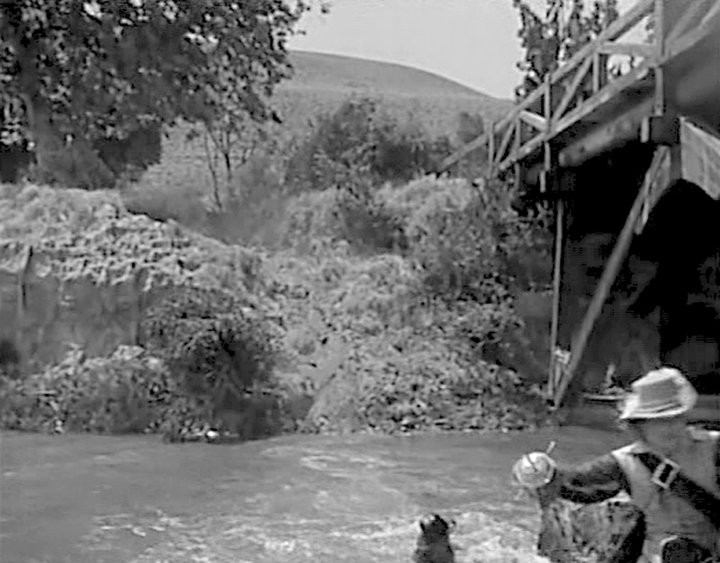
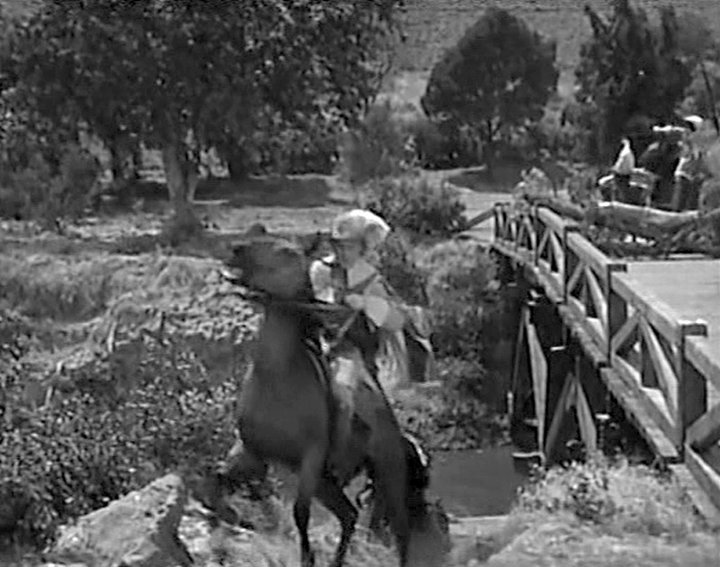
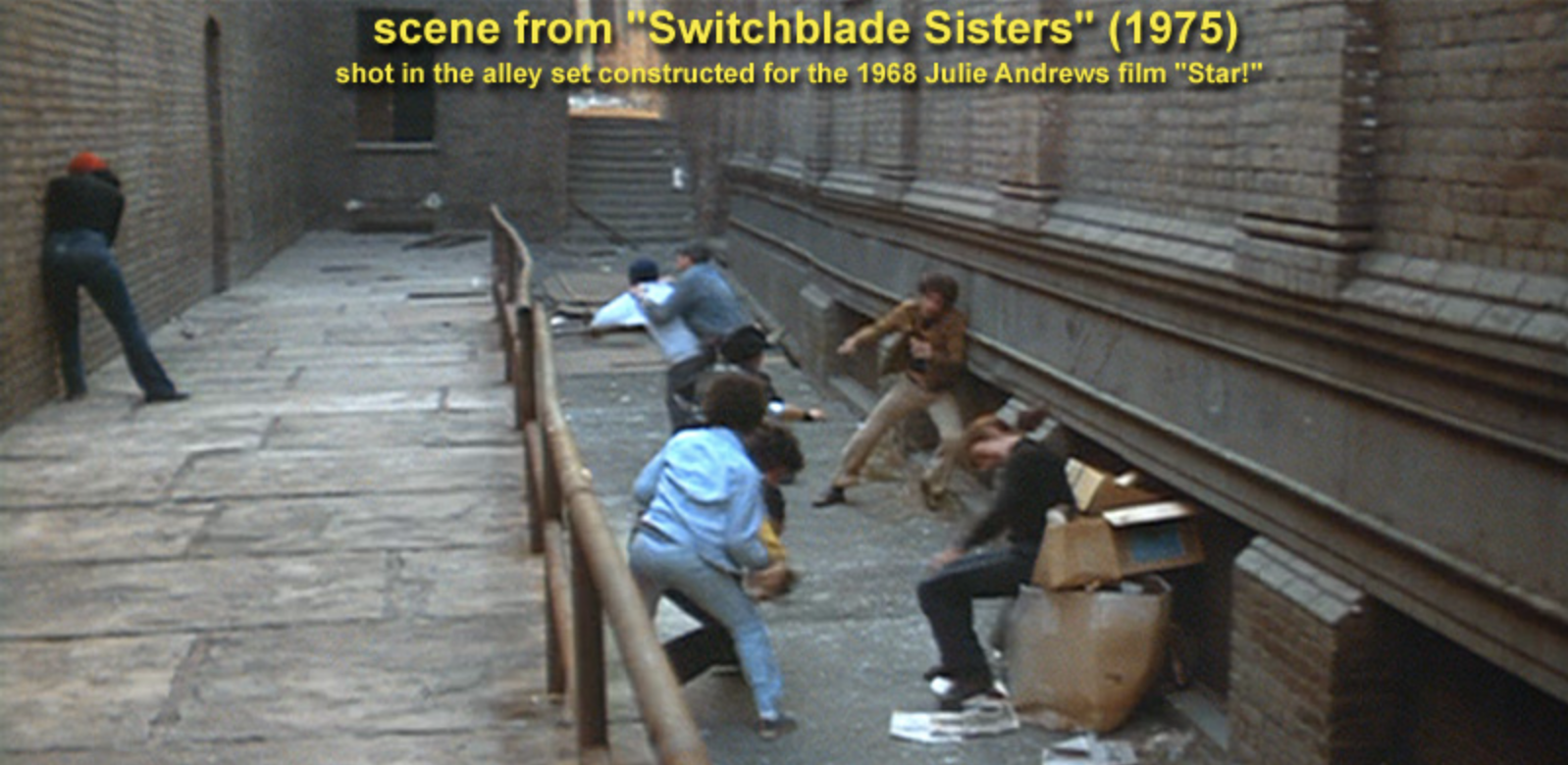
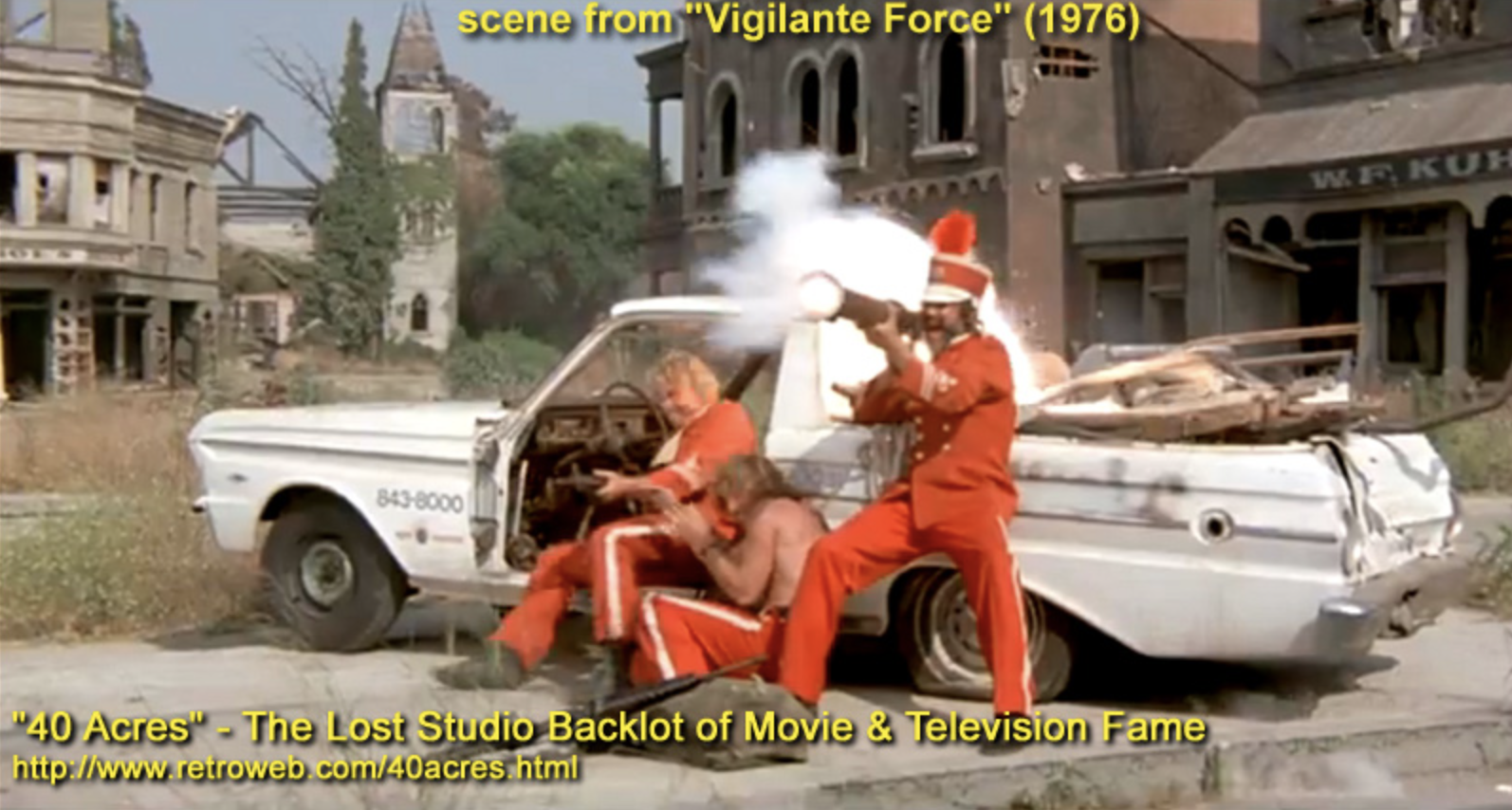
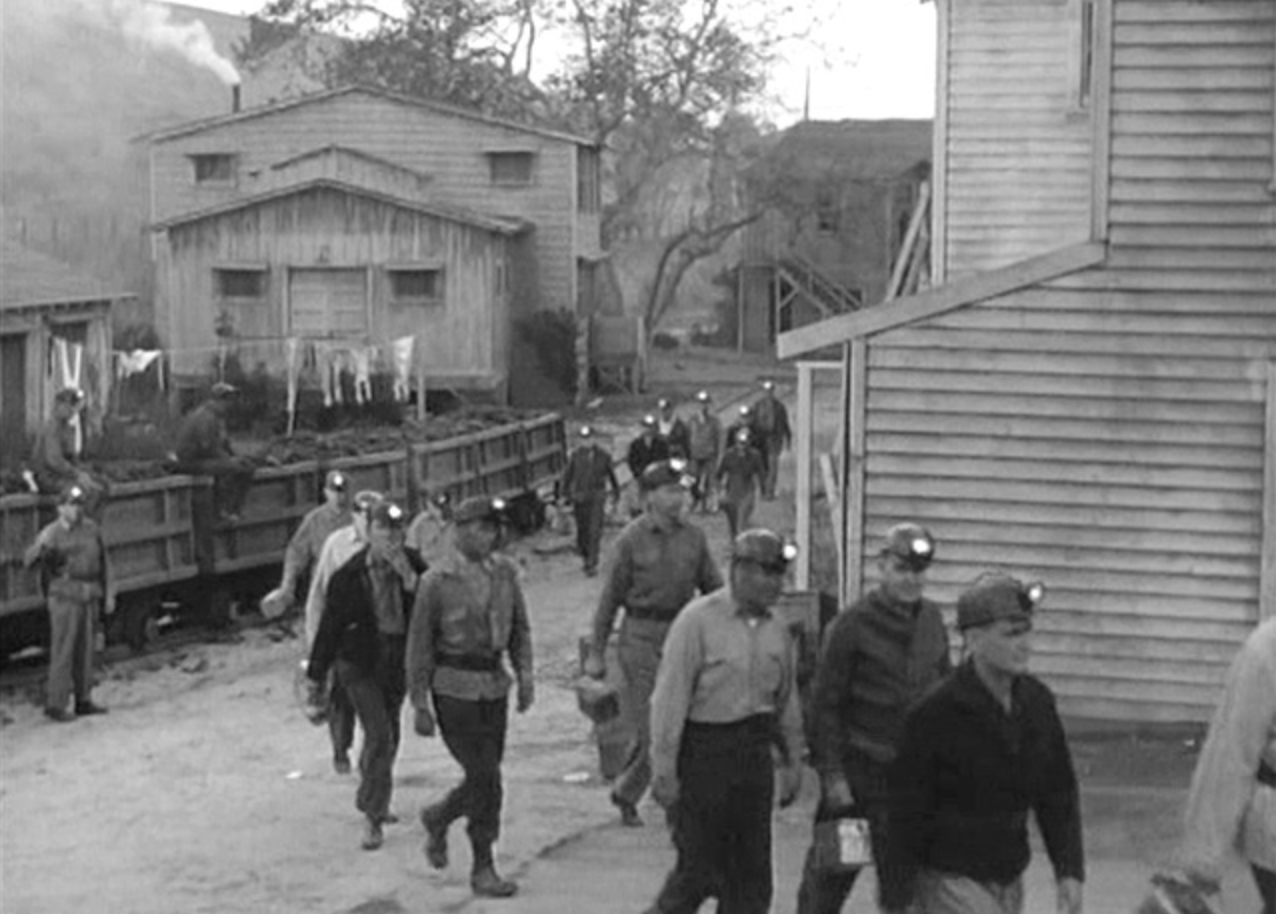
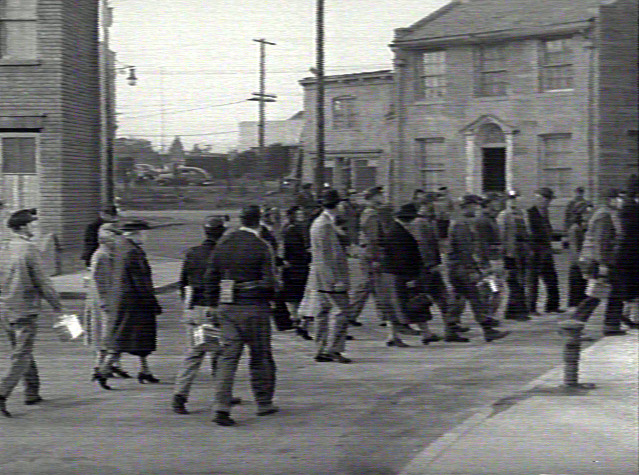

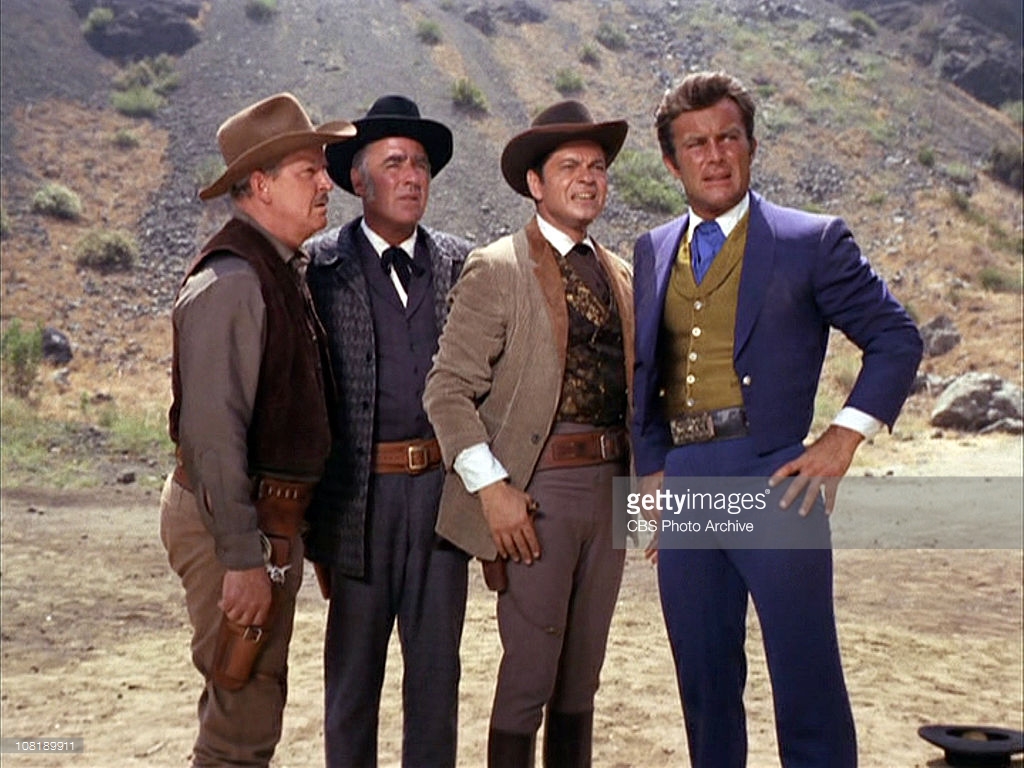
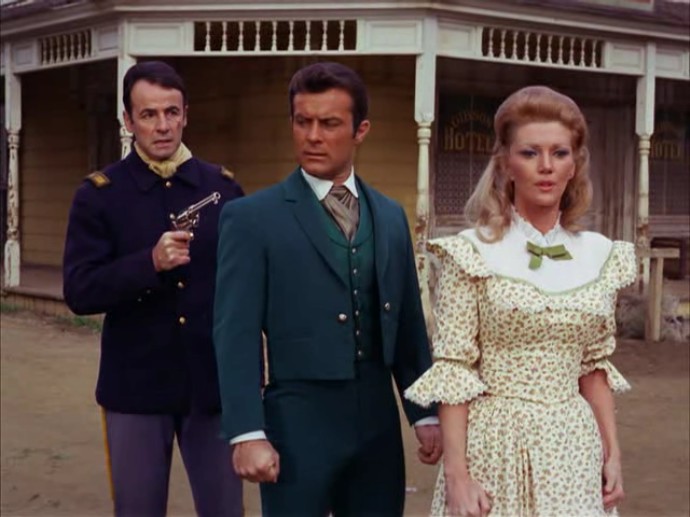
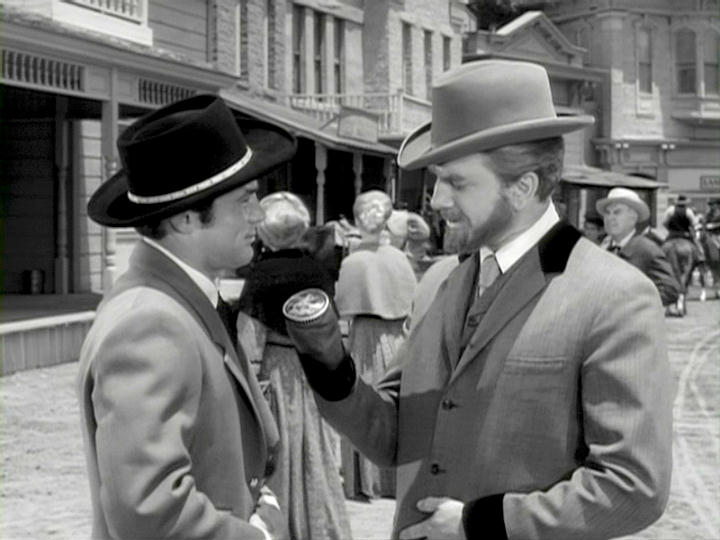

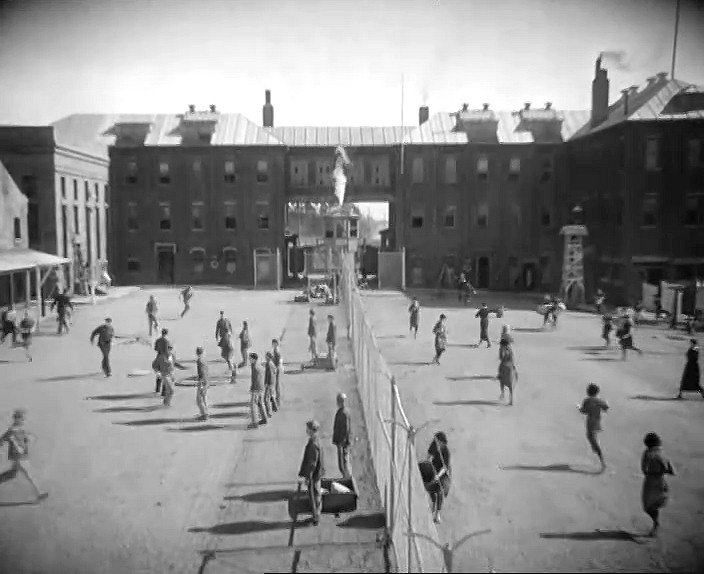
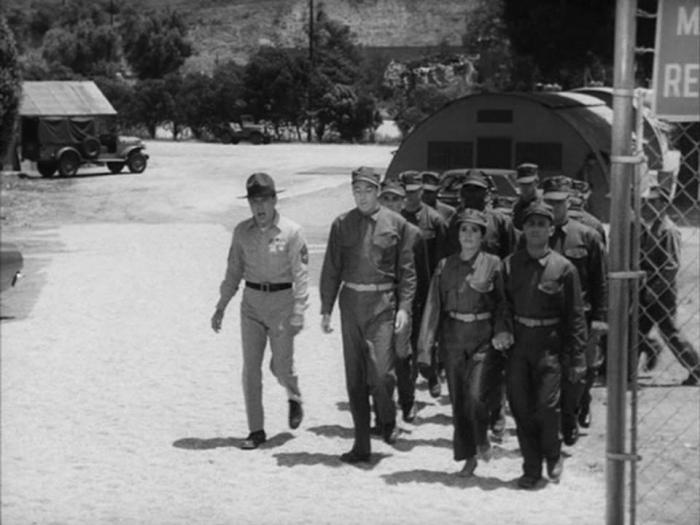
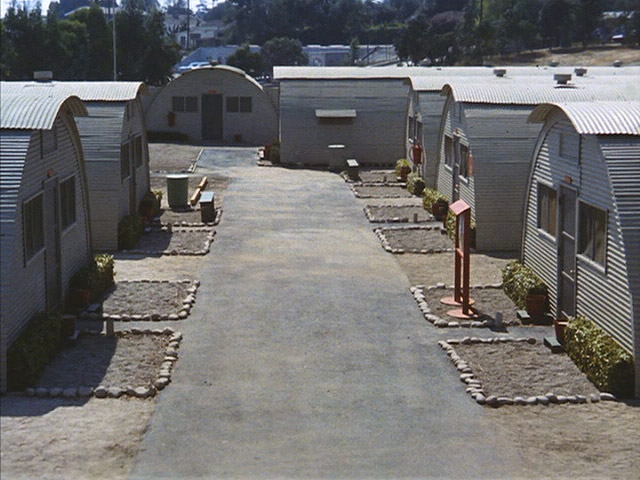
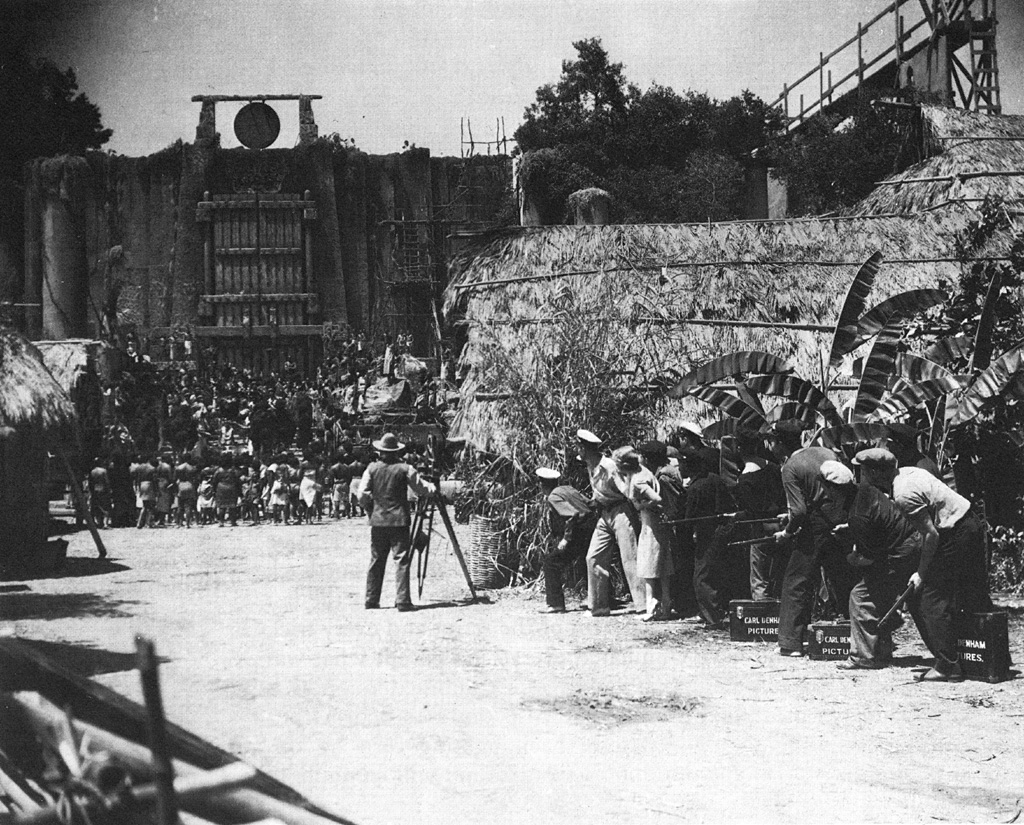
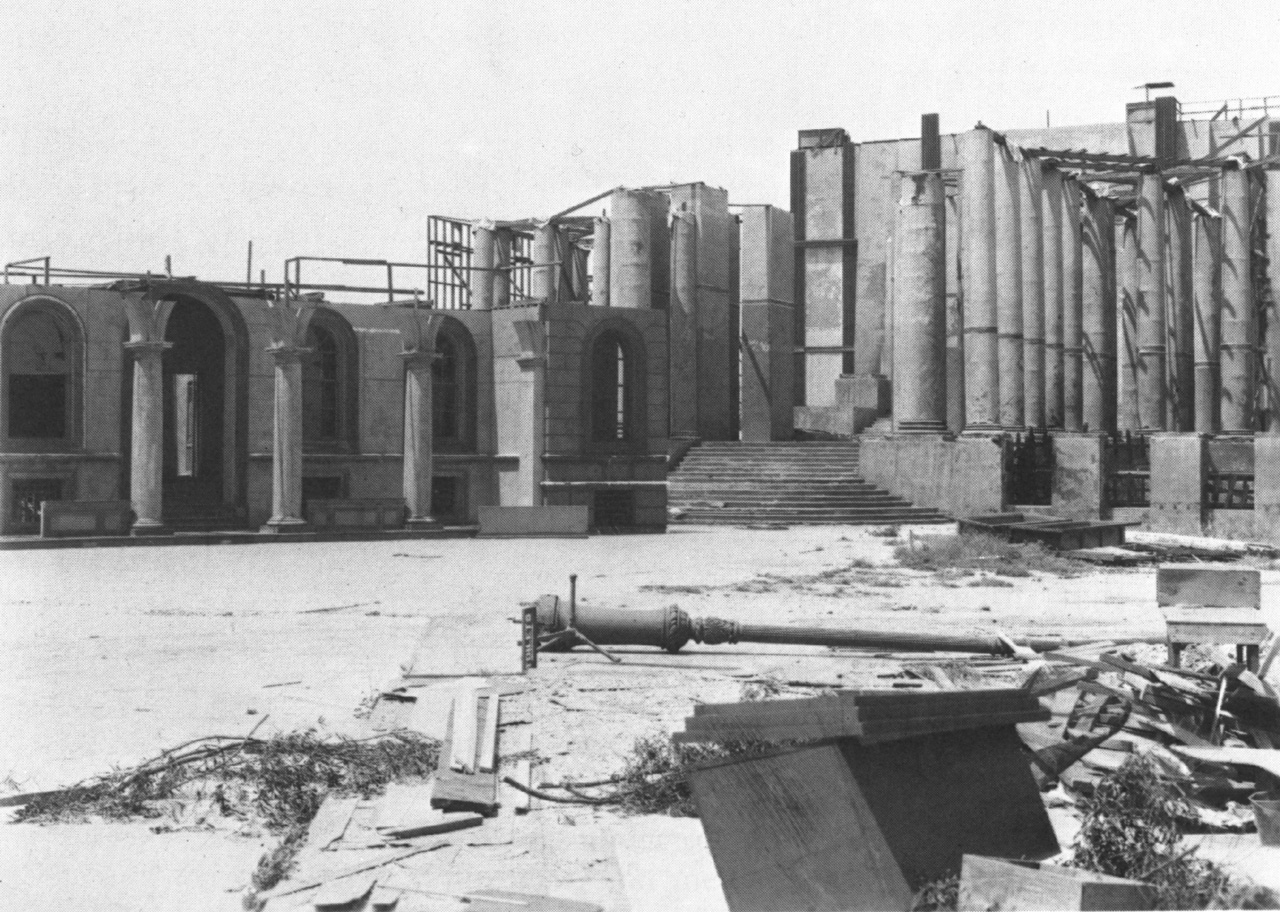
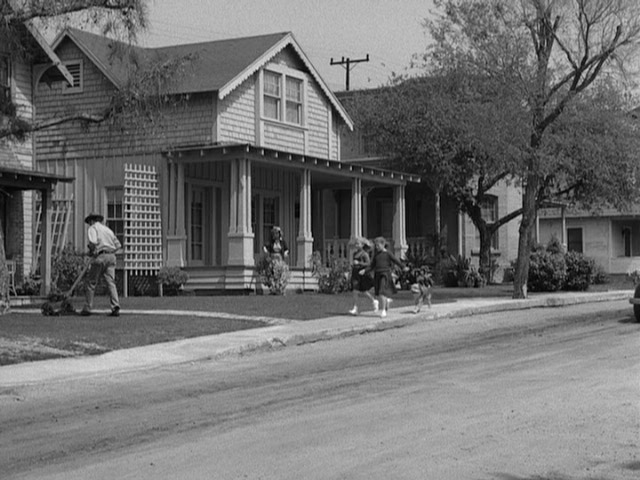
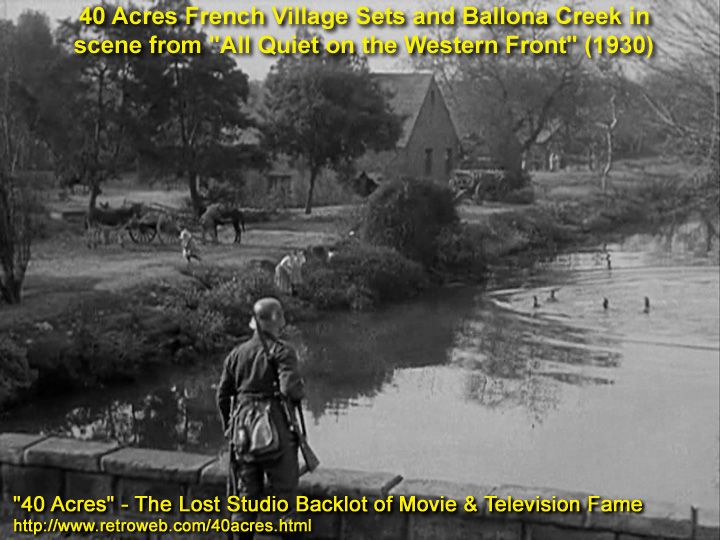
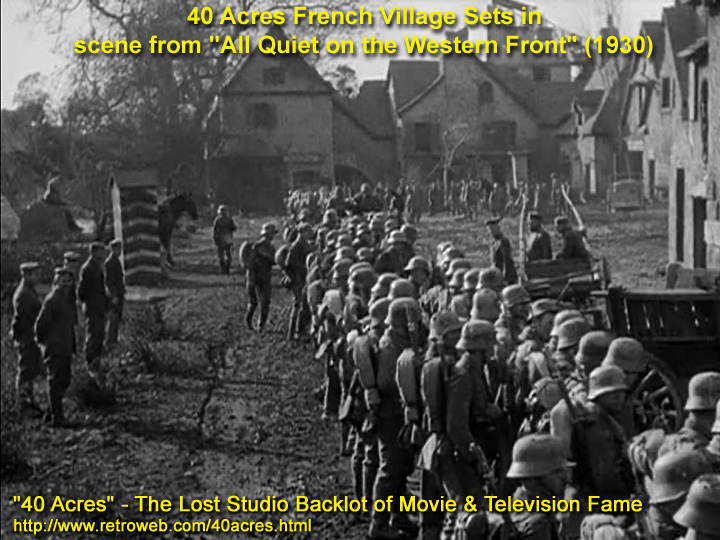
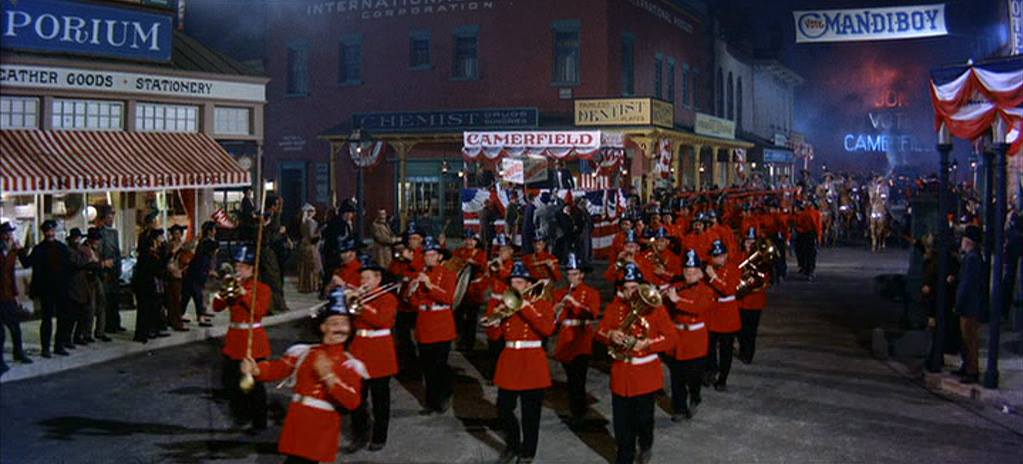
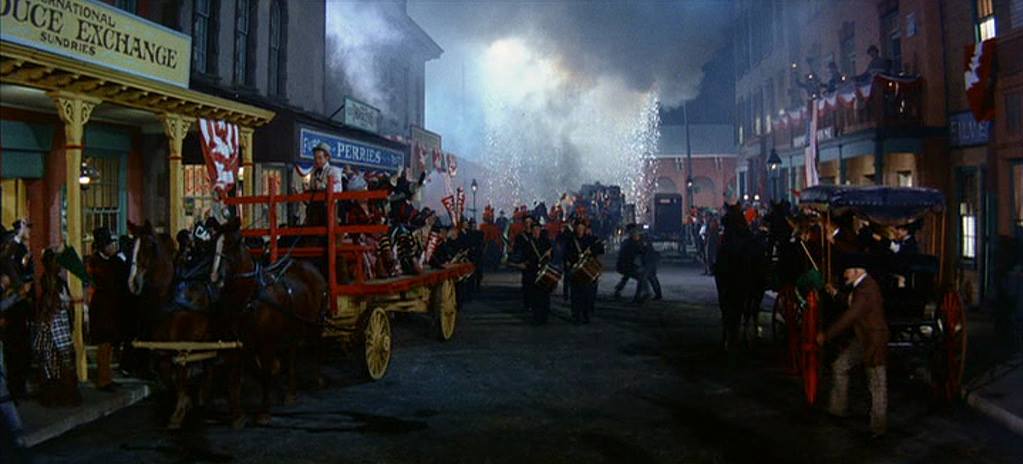
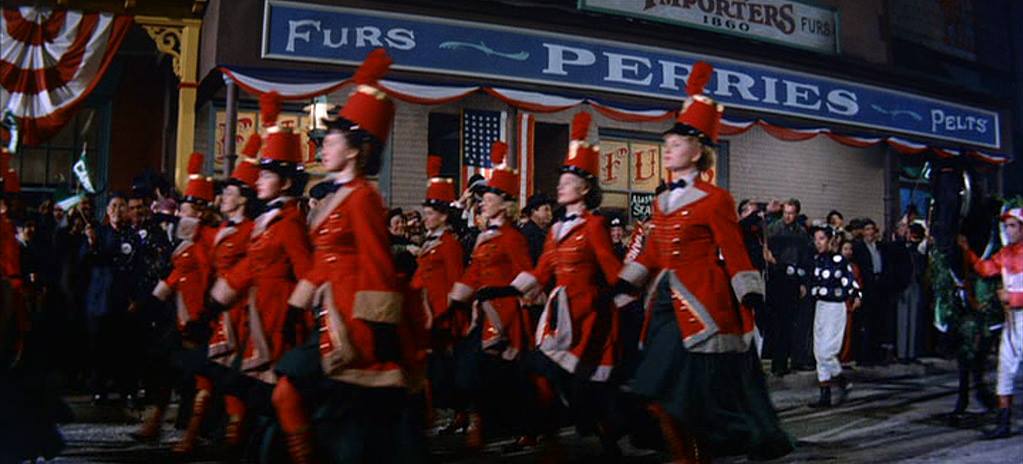
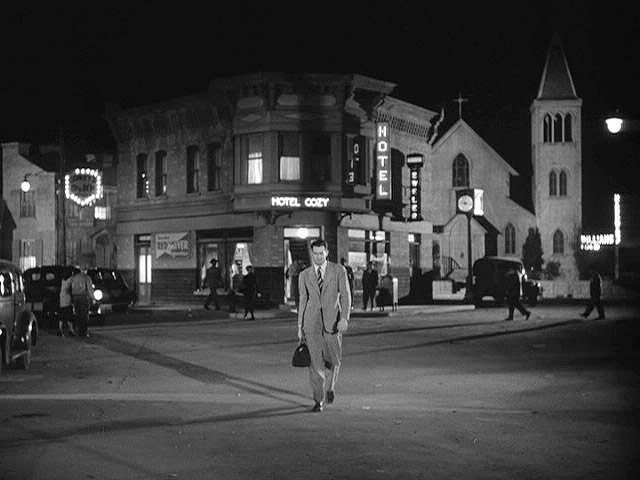
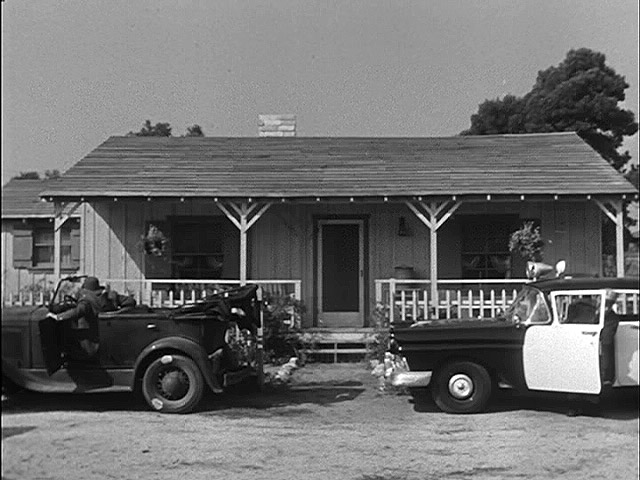

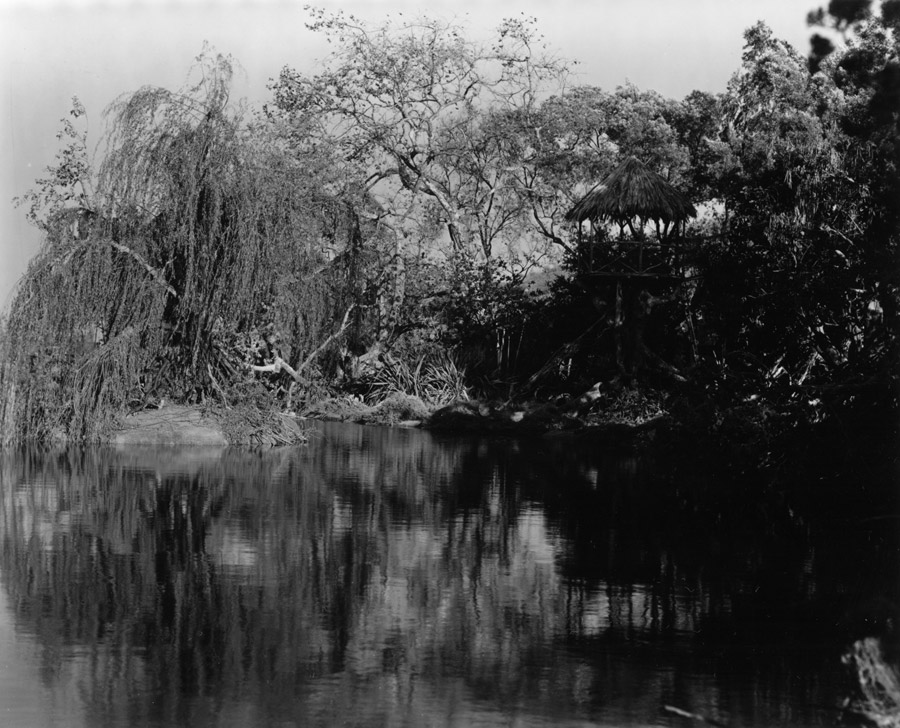
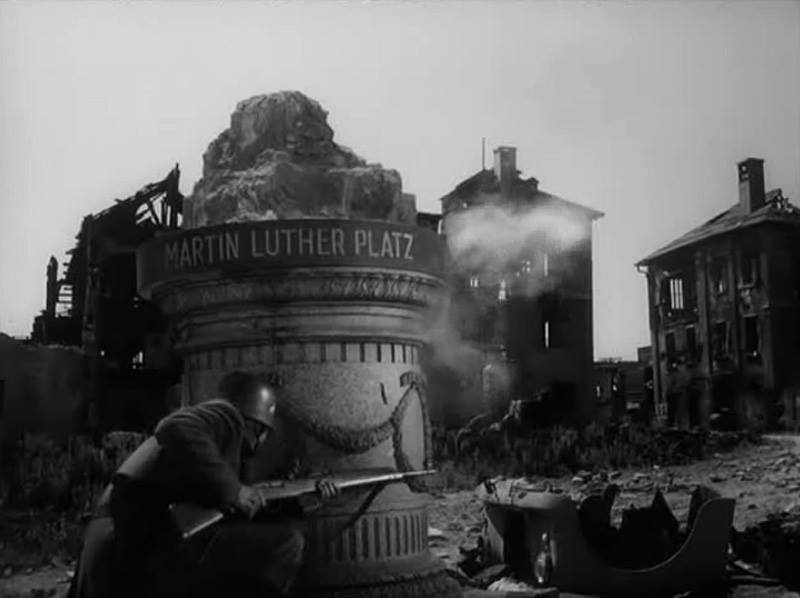
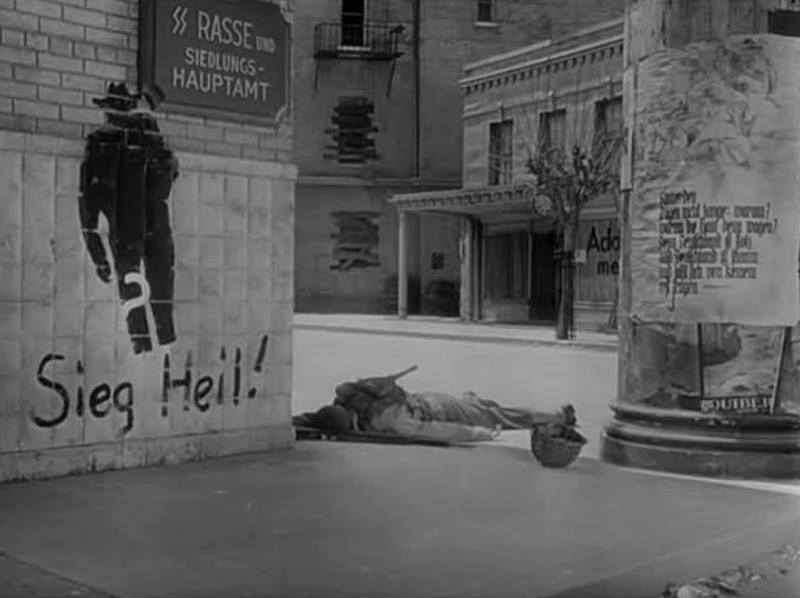
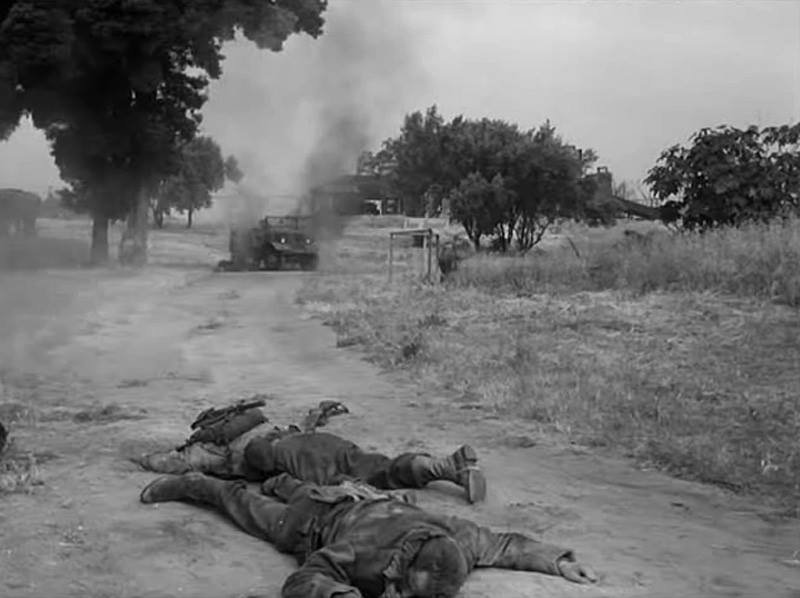
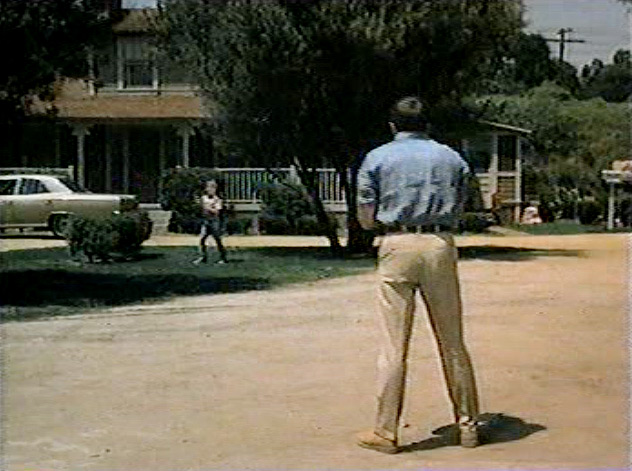
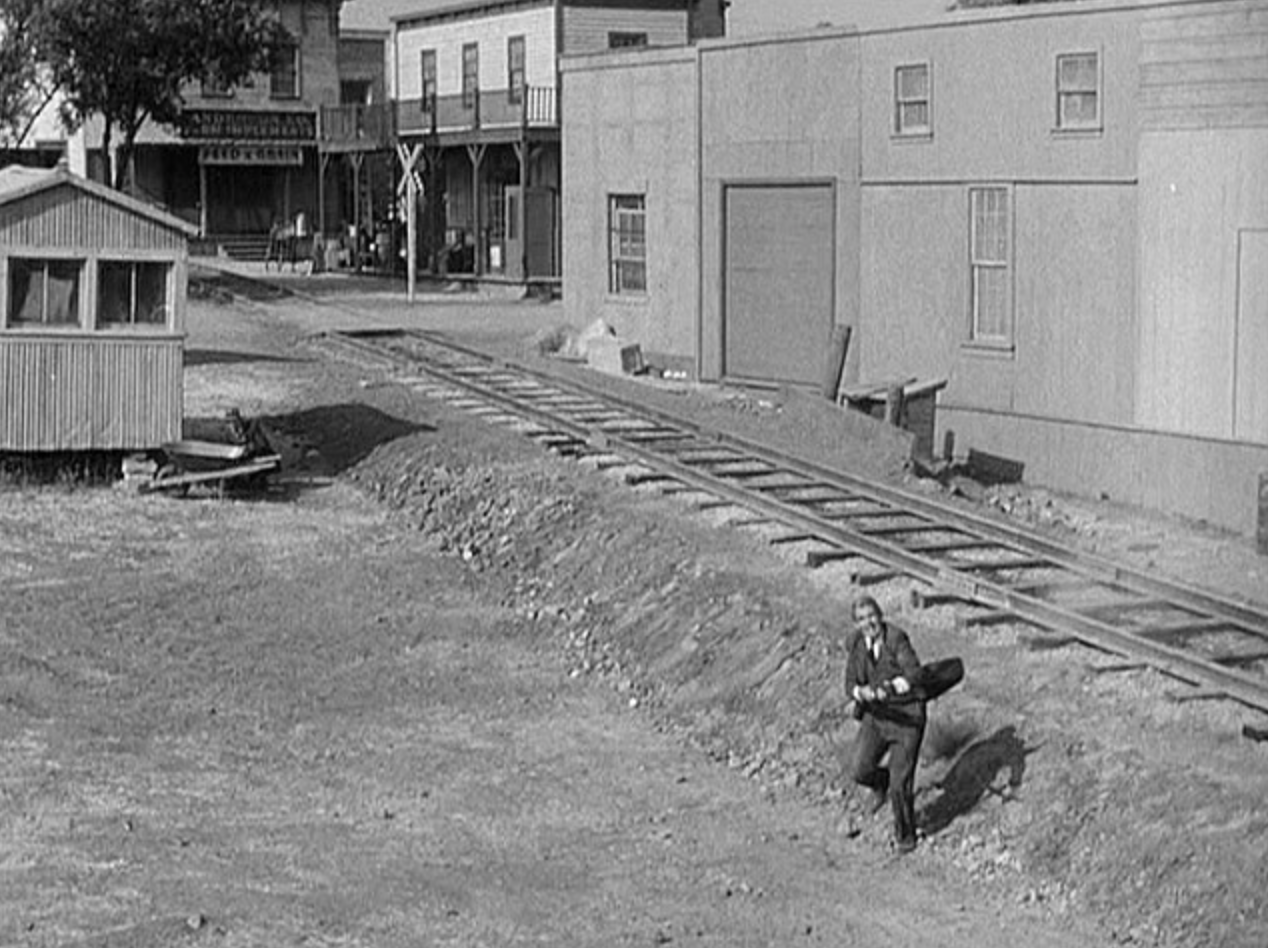


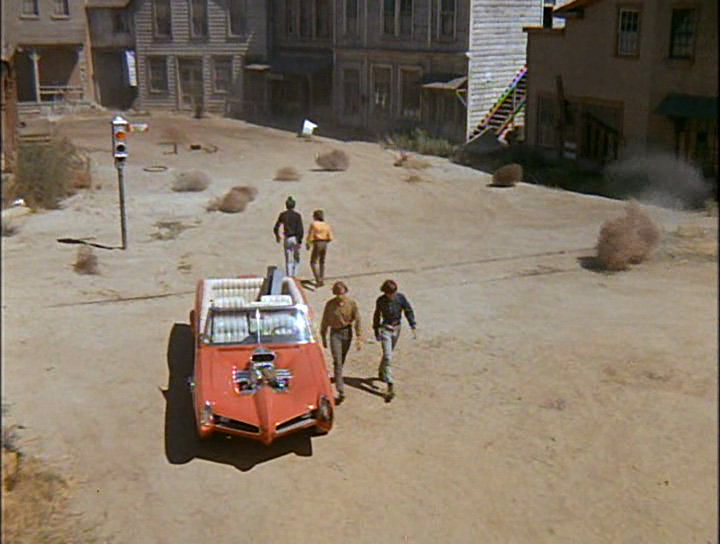
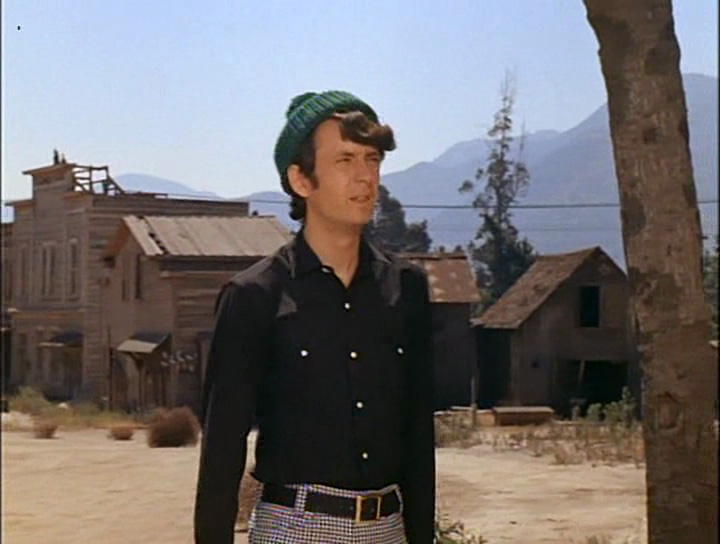
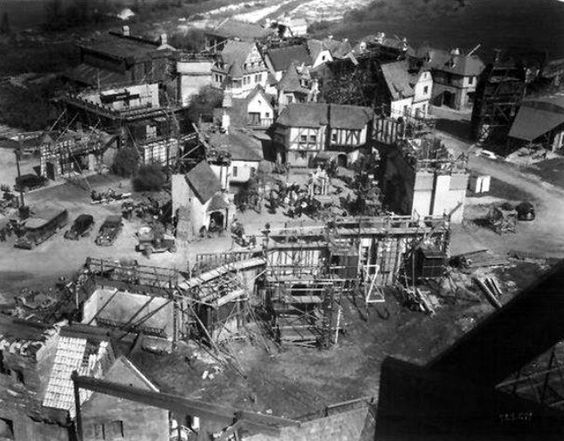

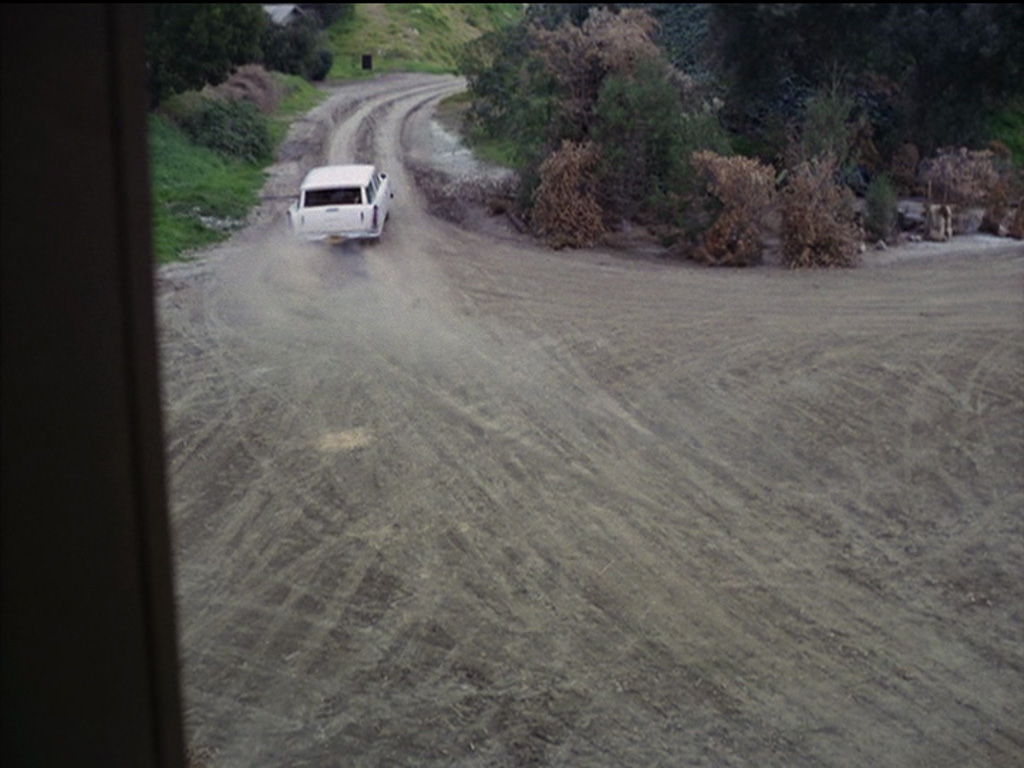
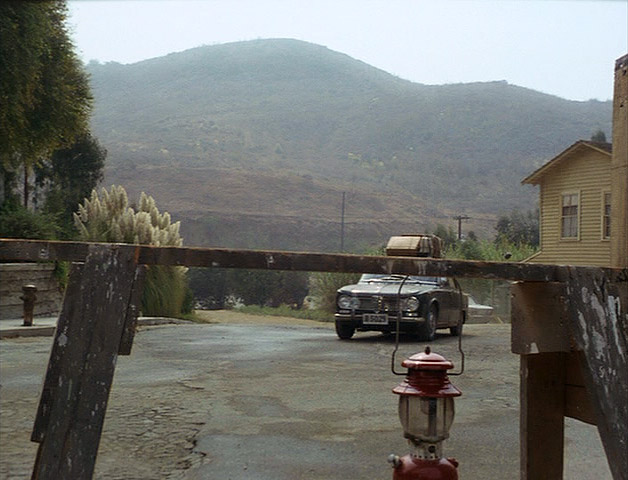
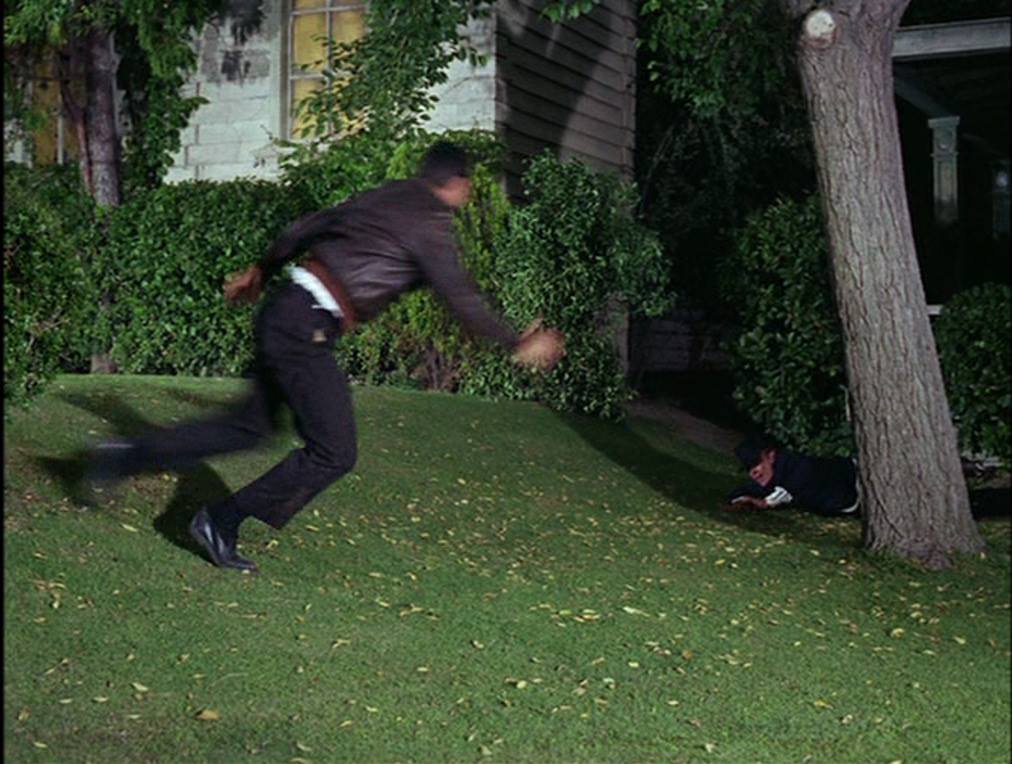
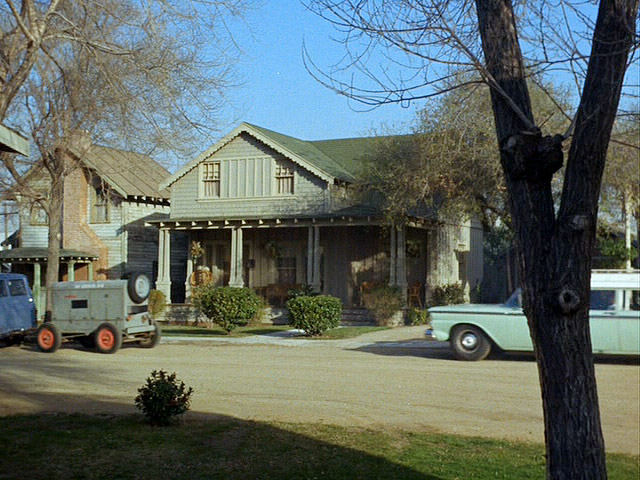
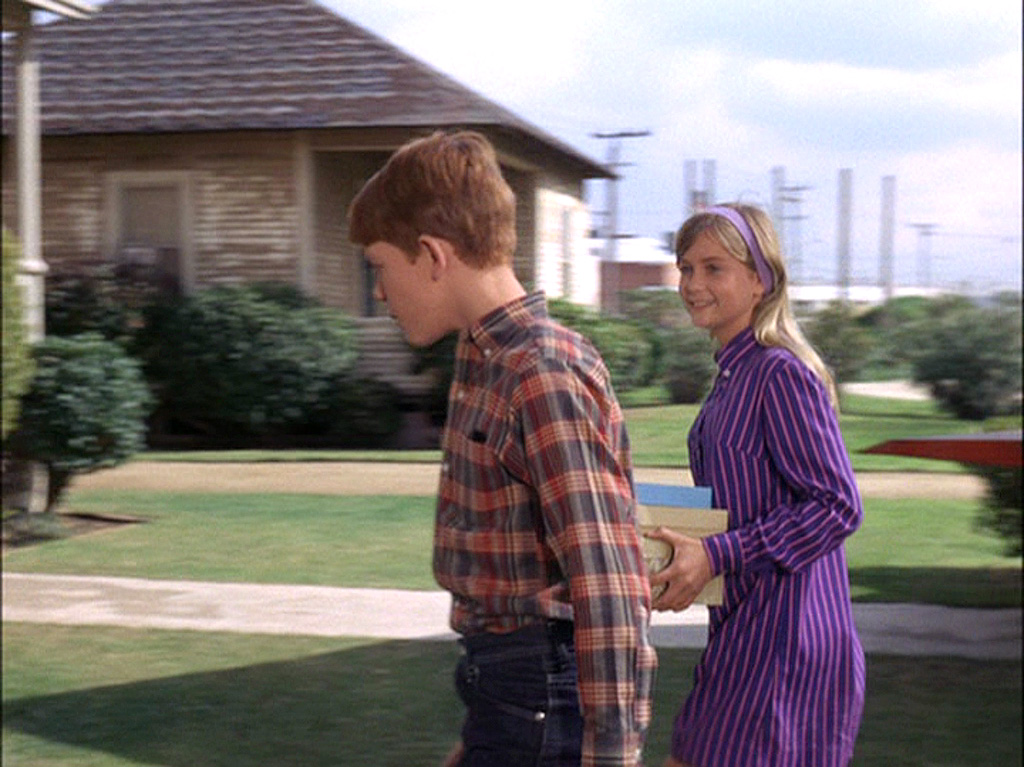
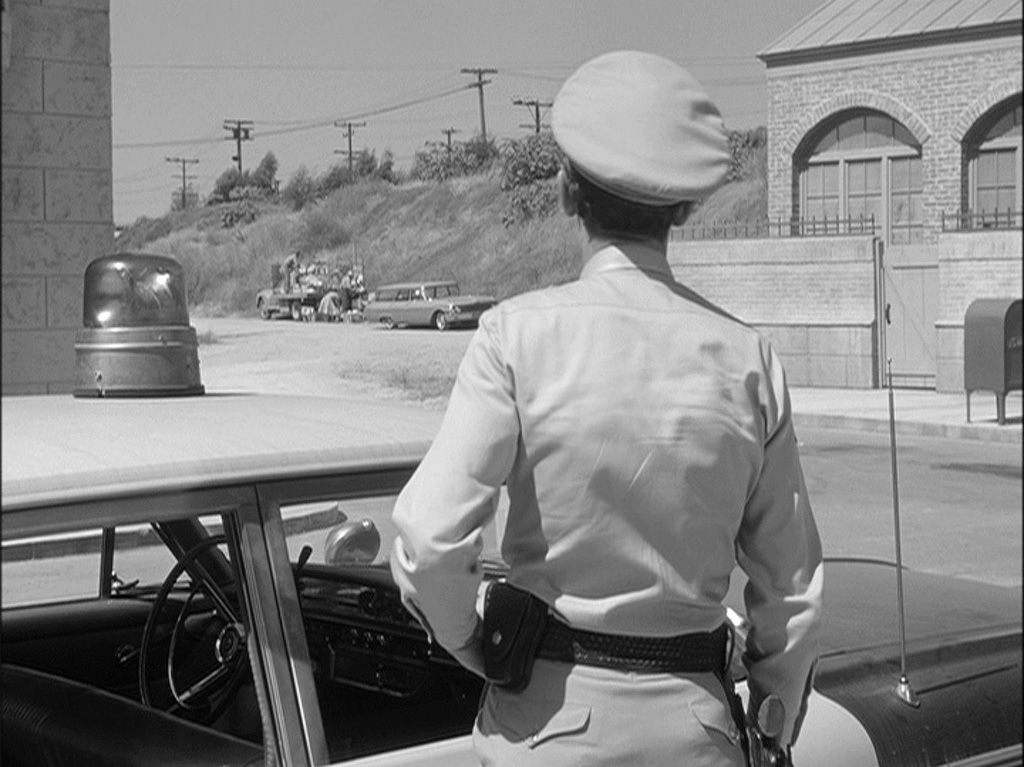
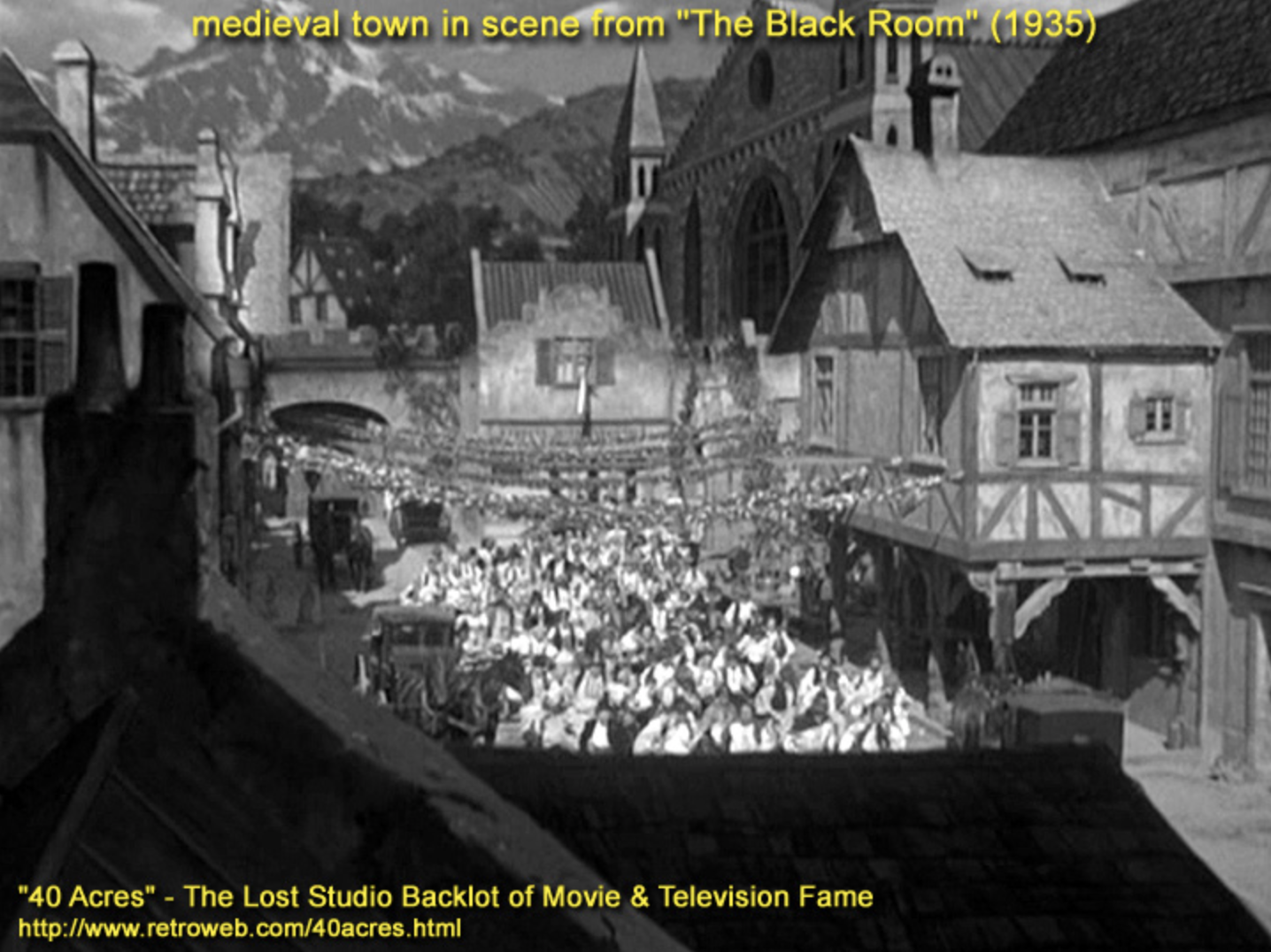
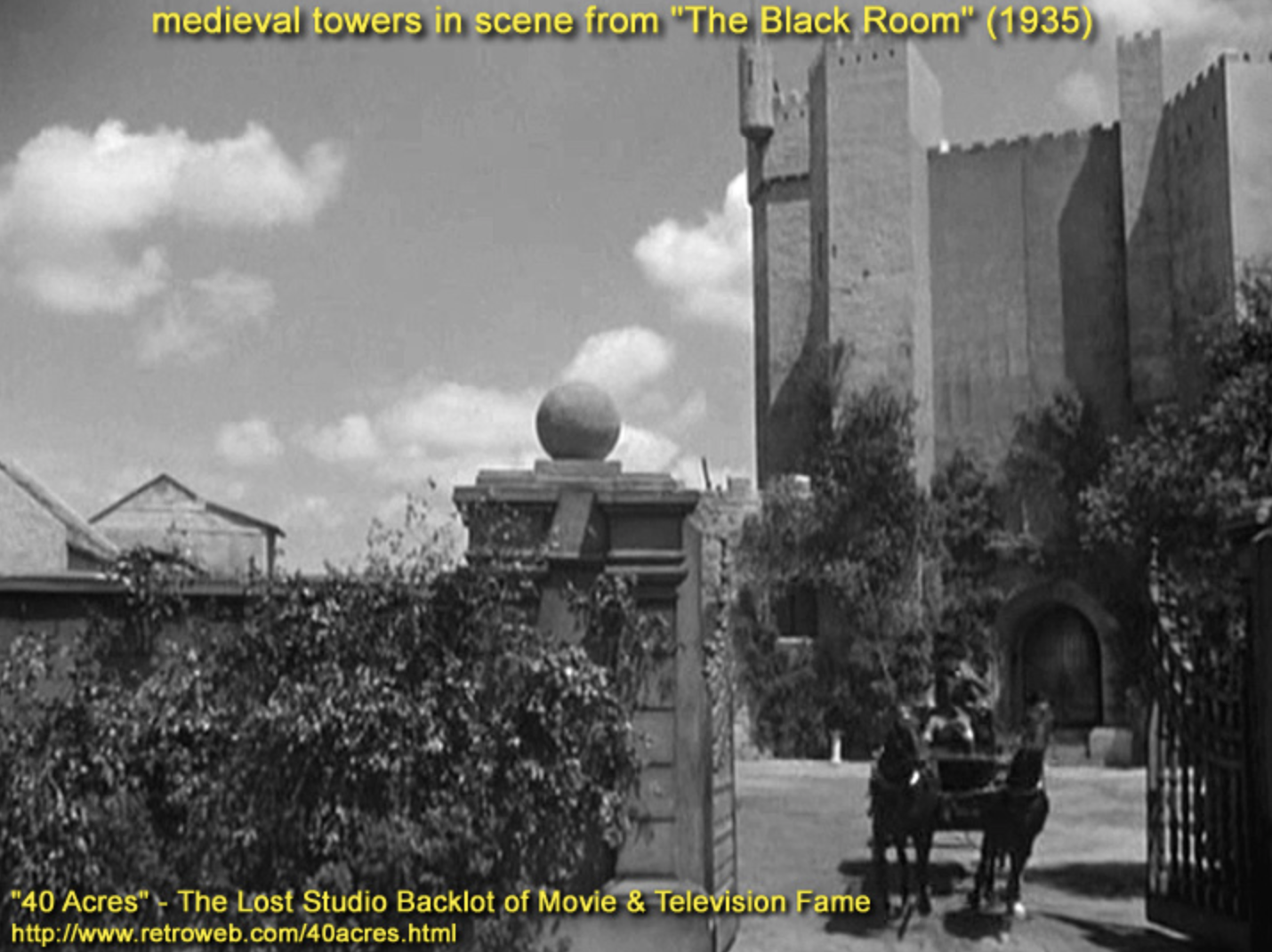
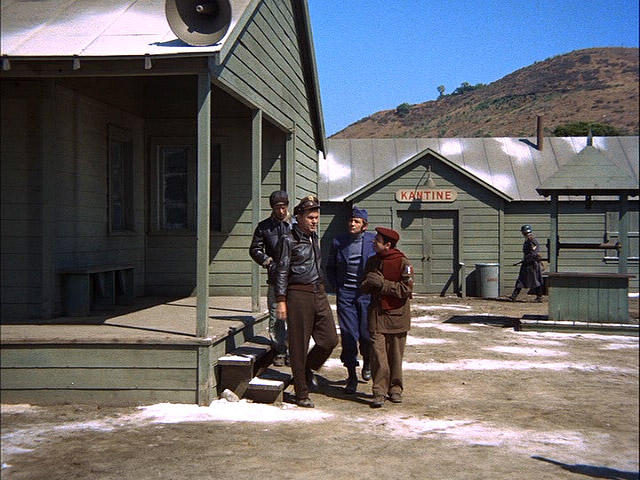
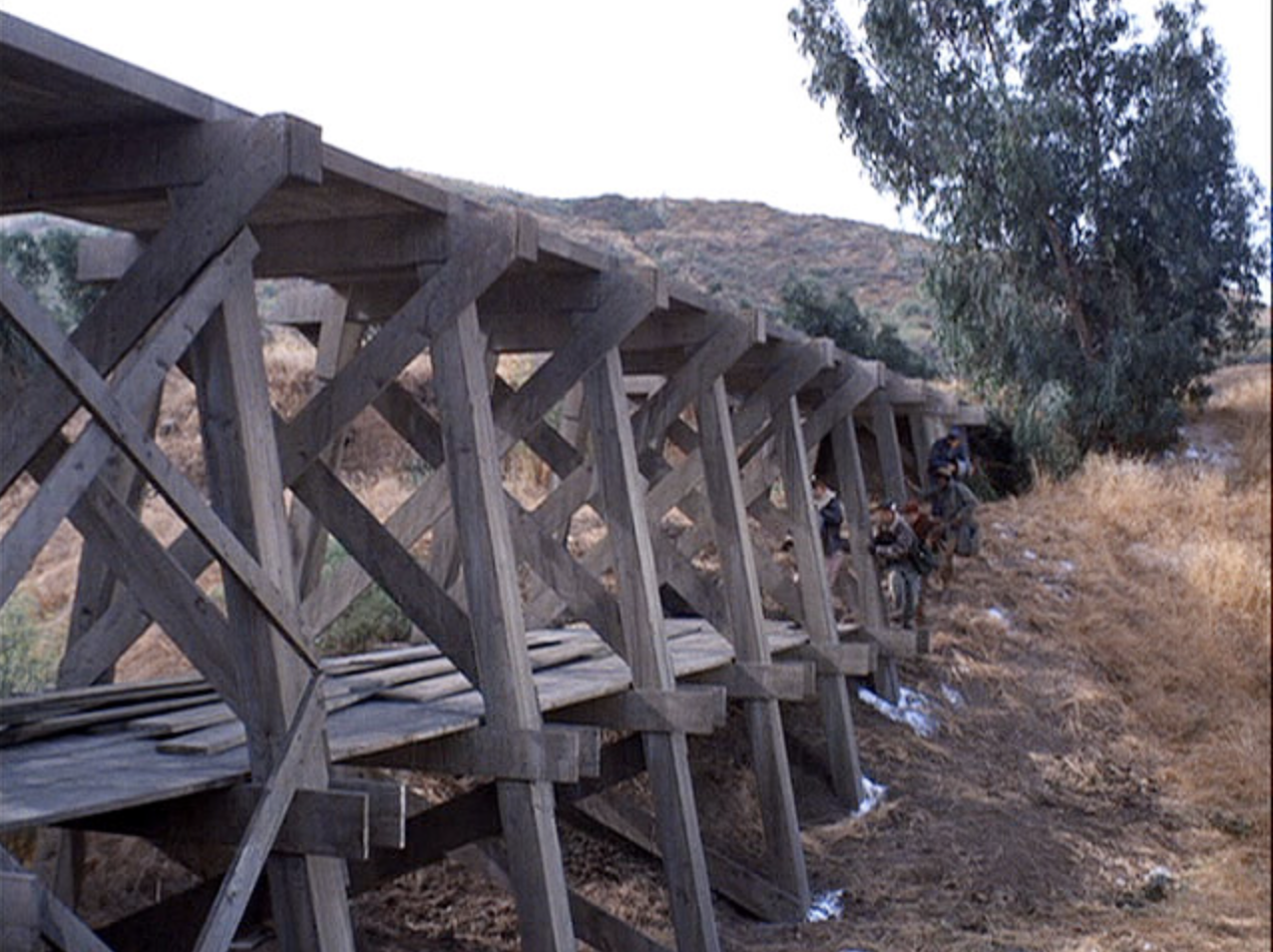
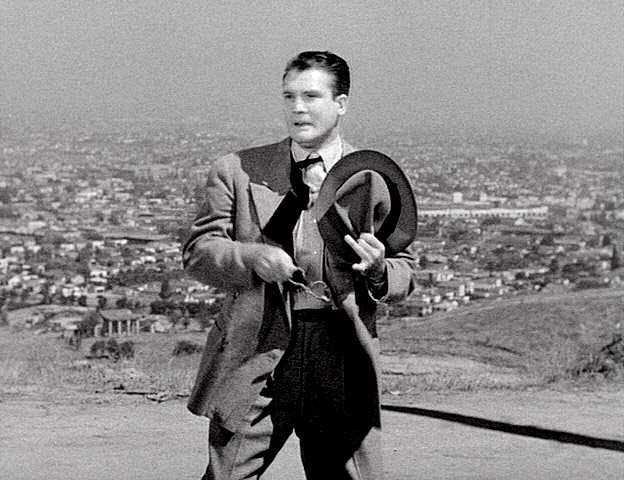
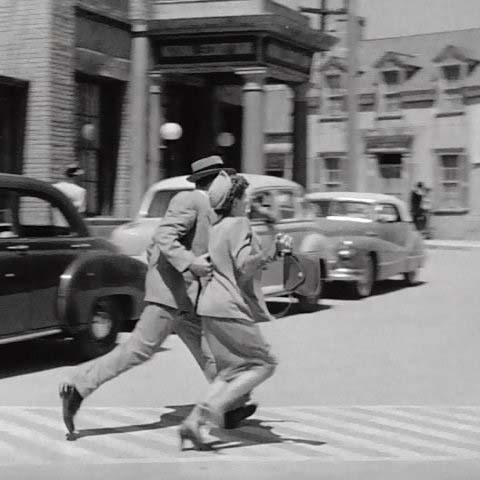
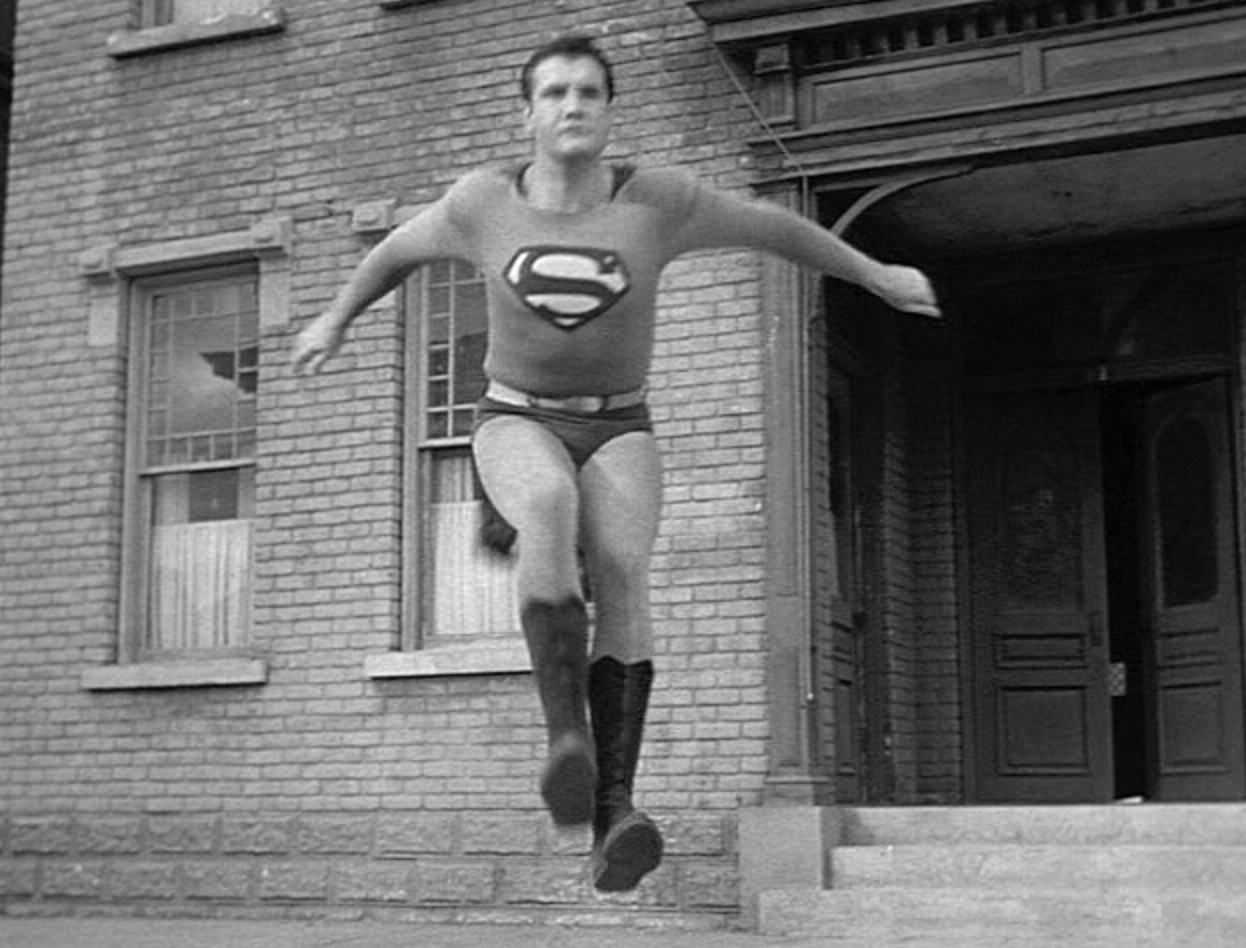
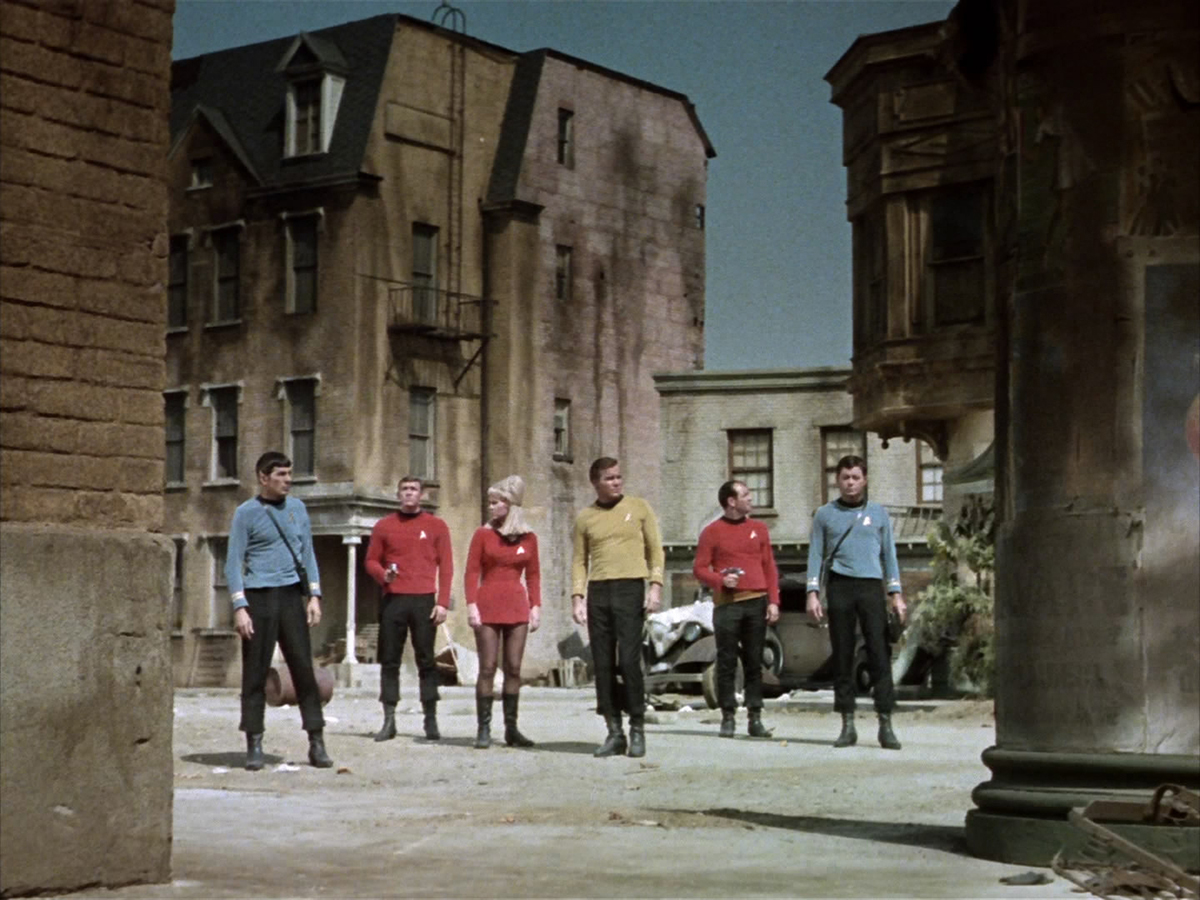
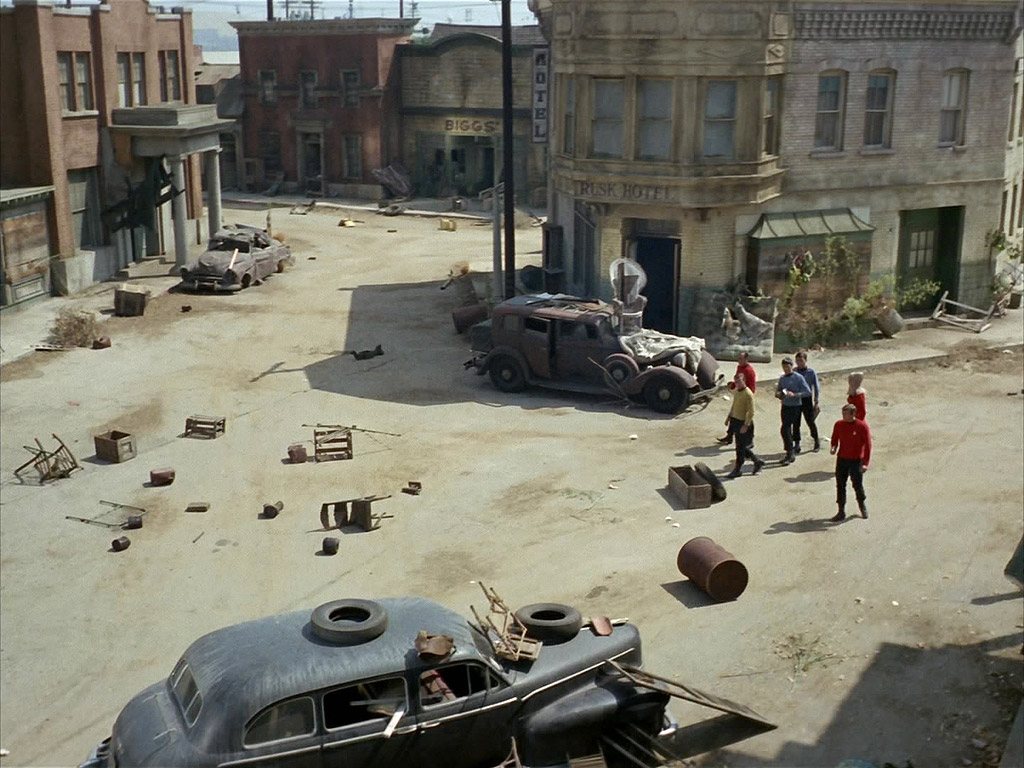

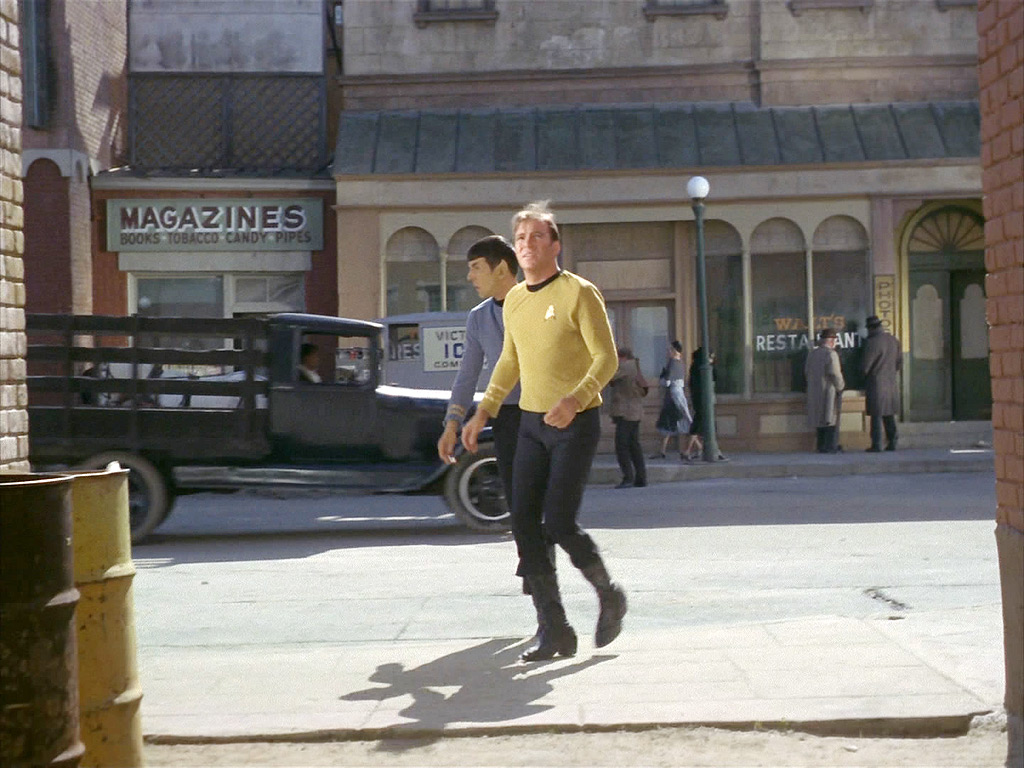
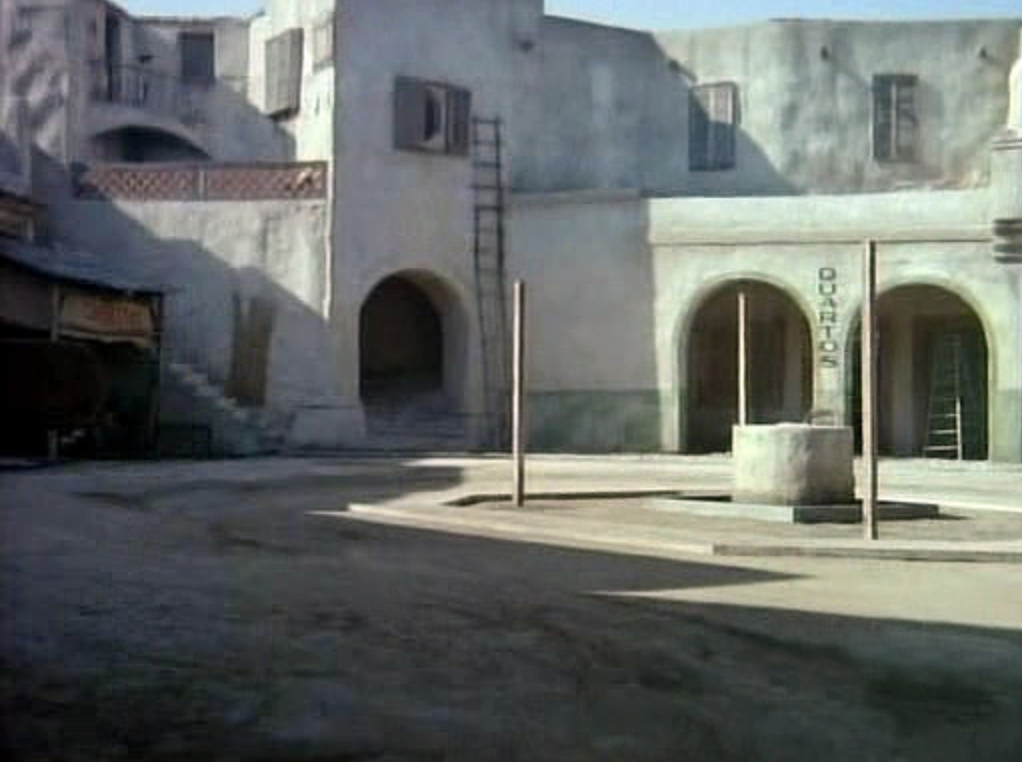
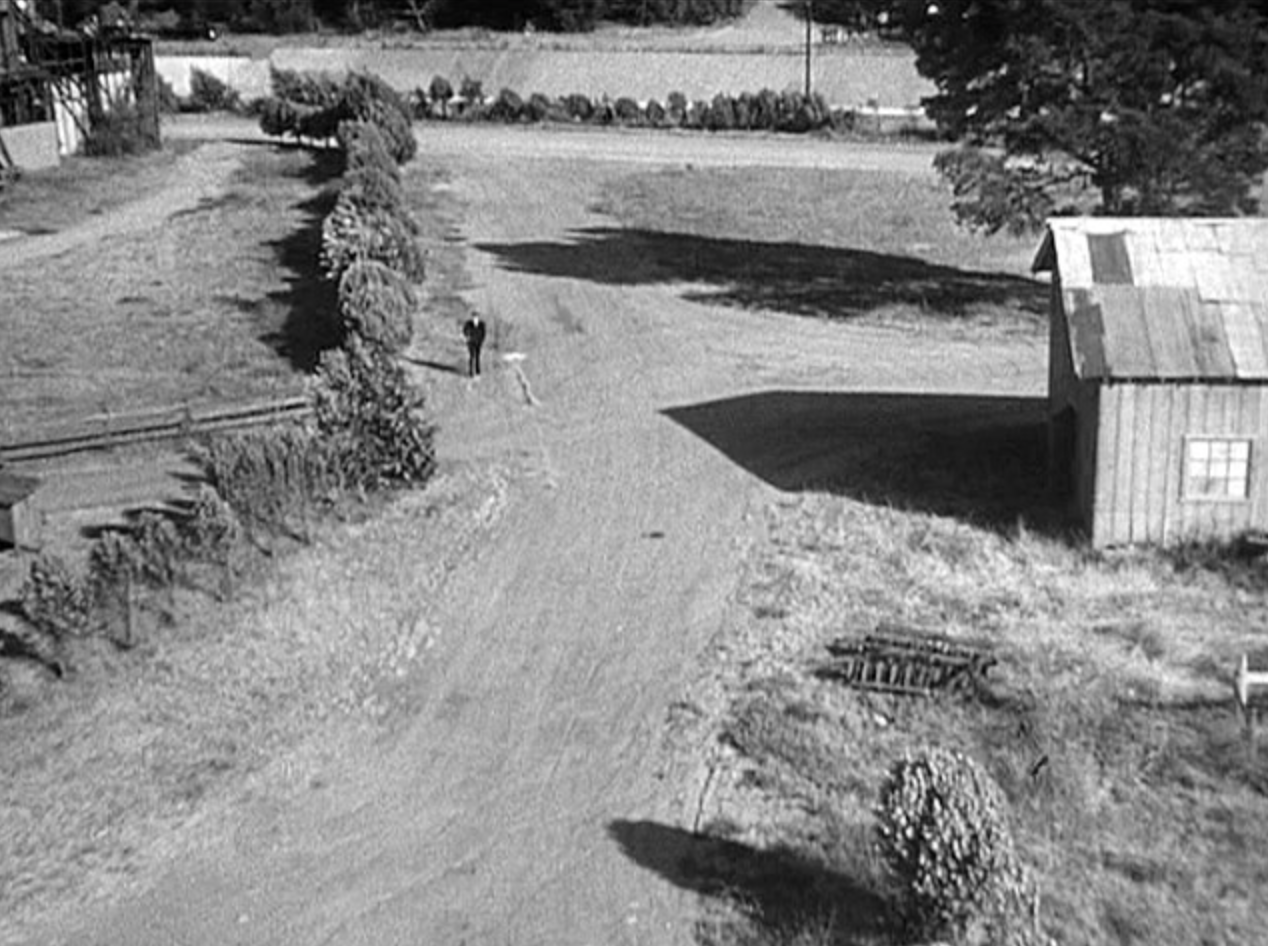
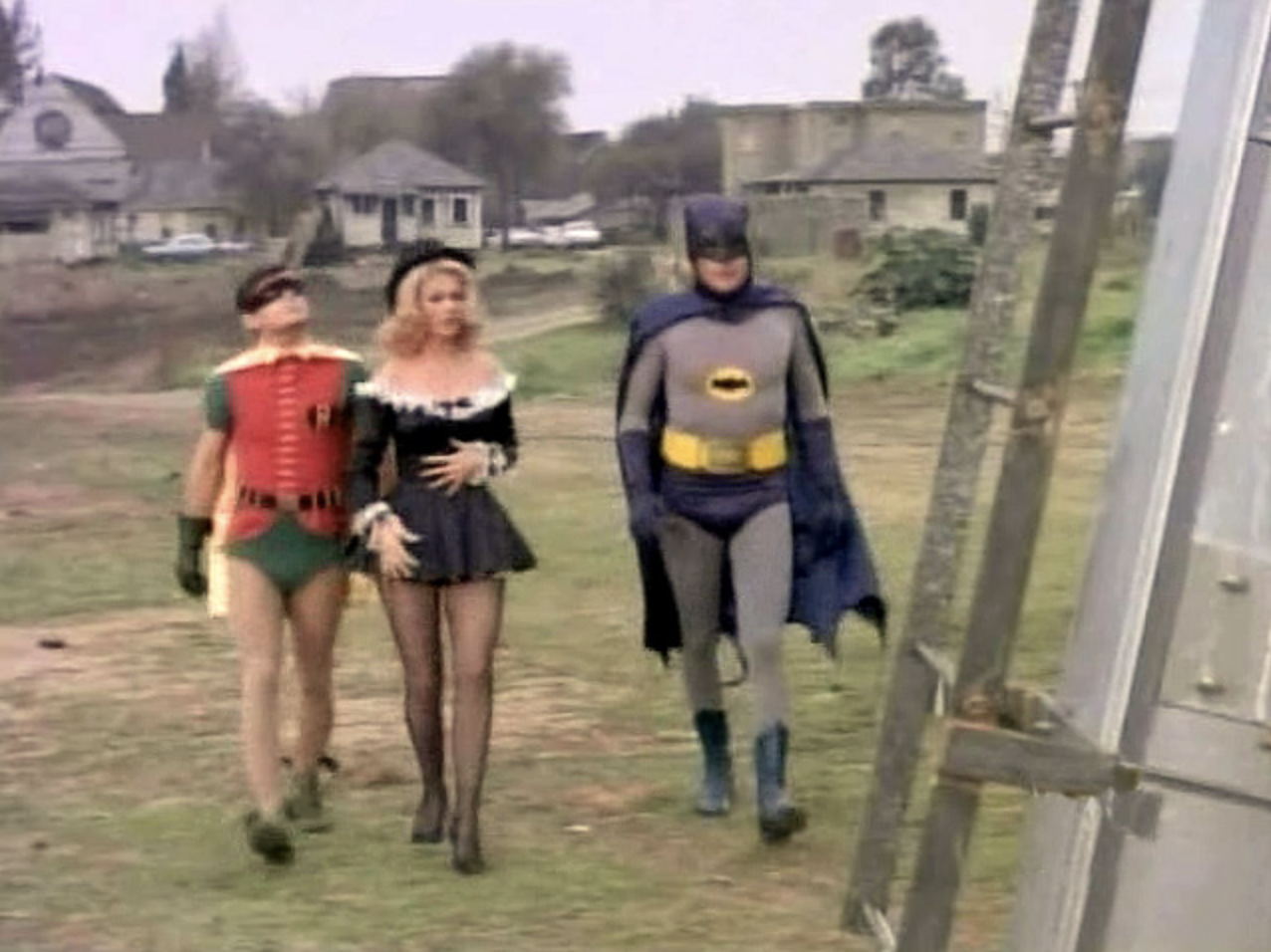

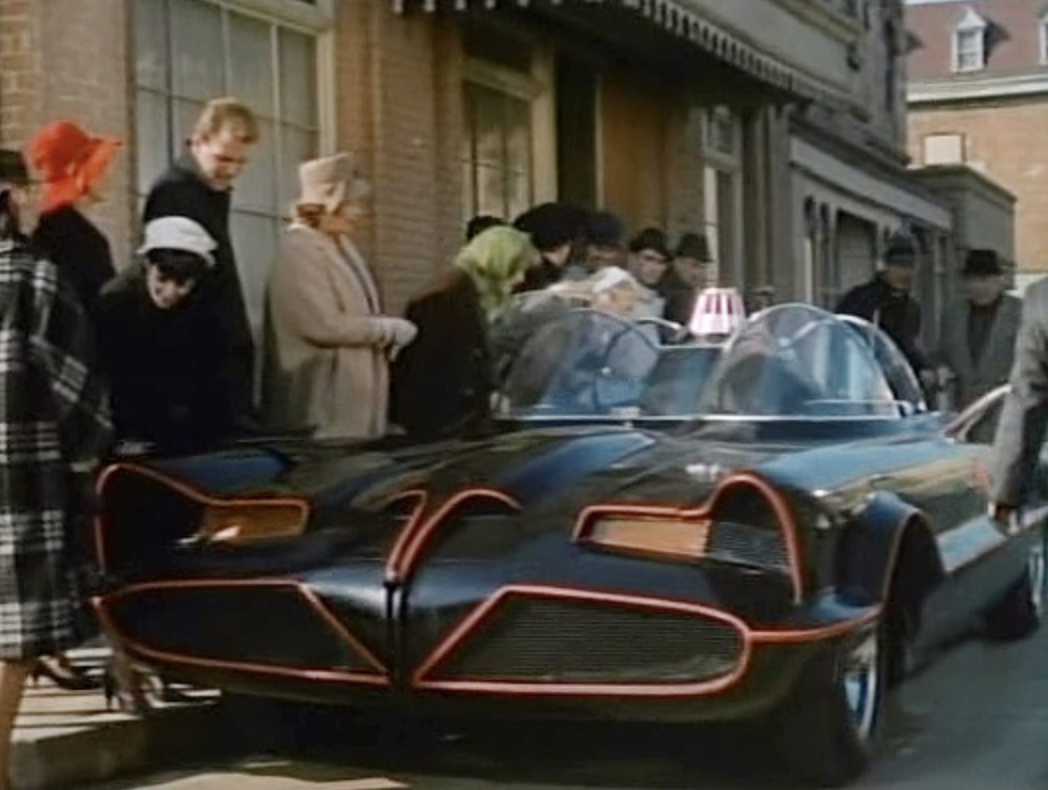




 Now available in North America
Now available in North America 